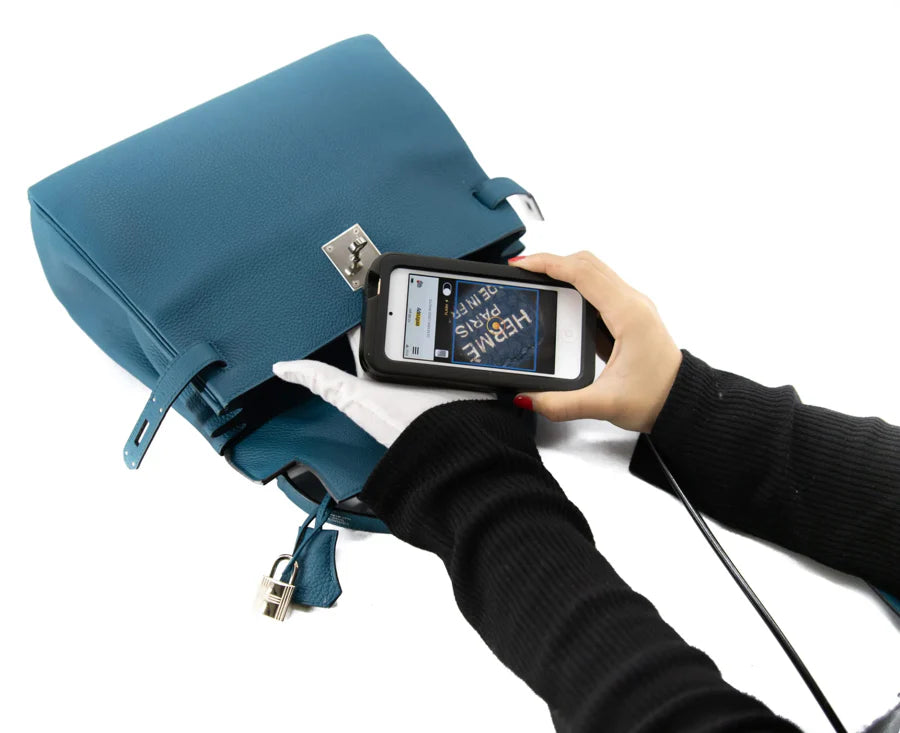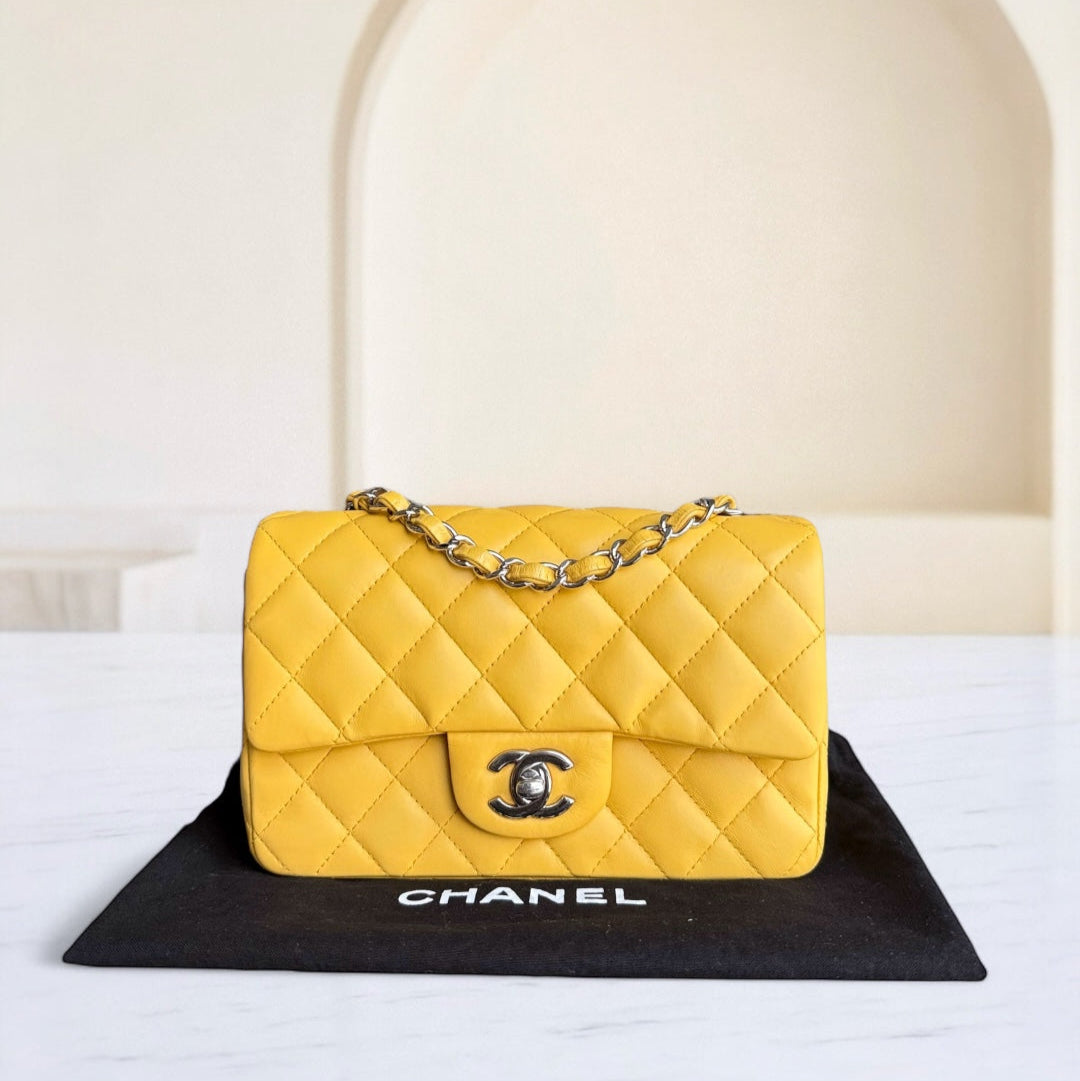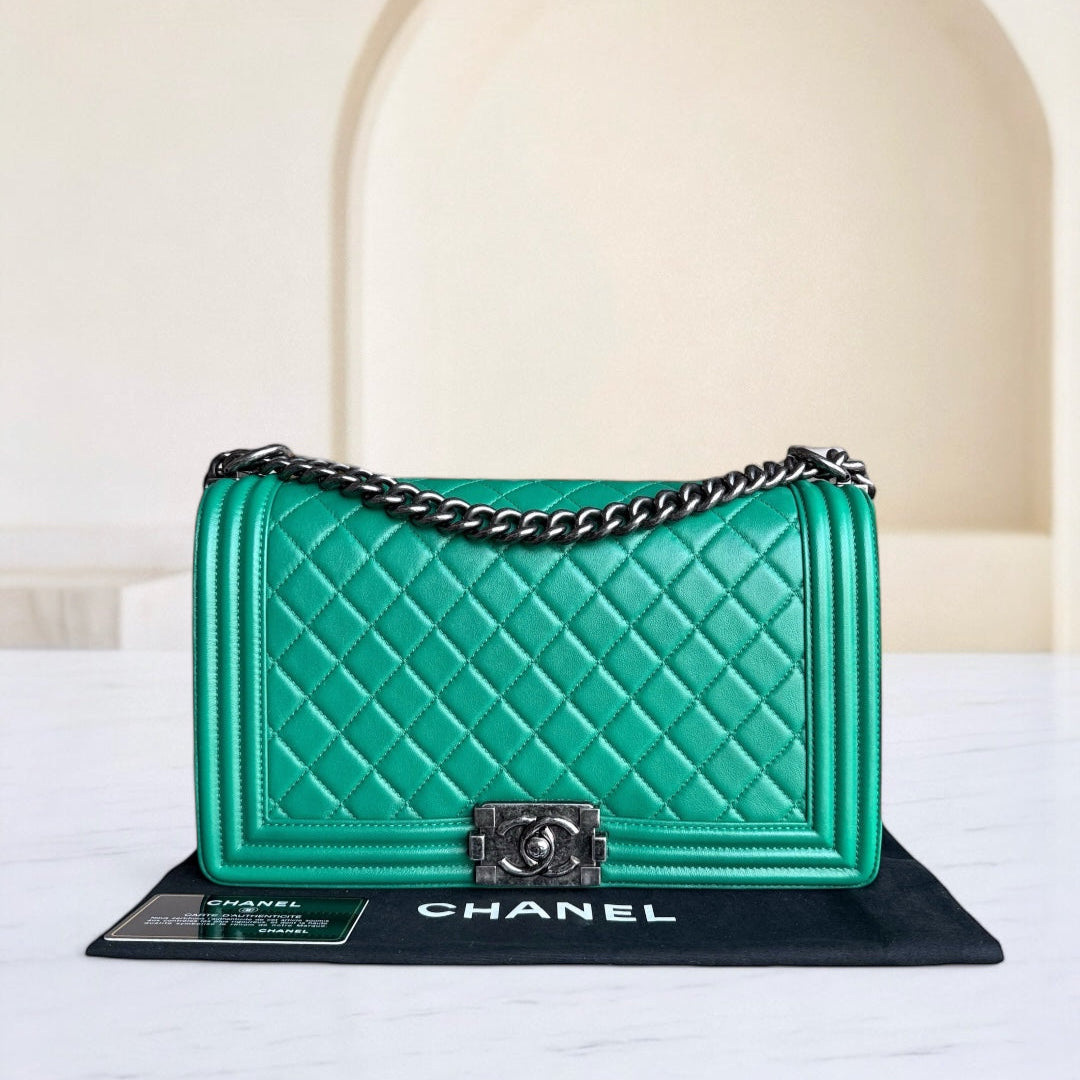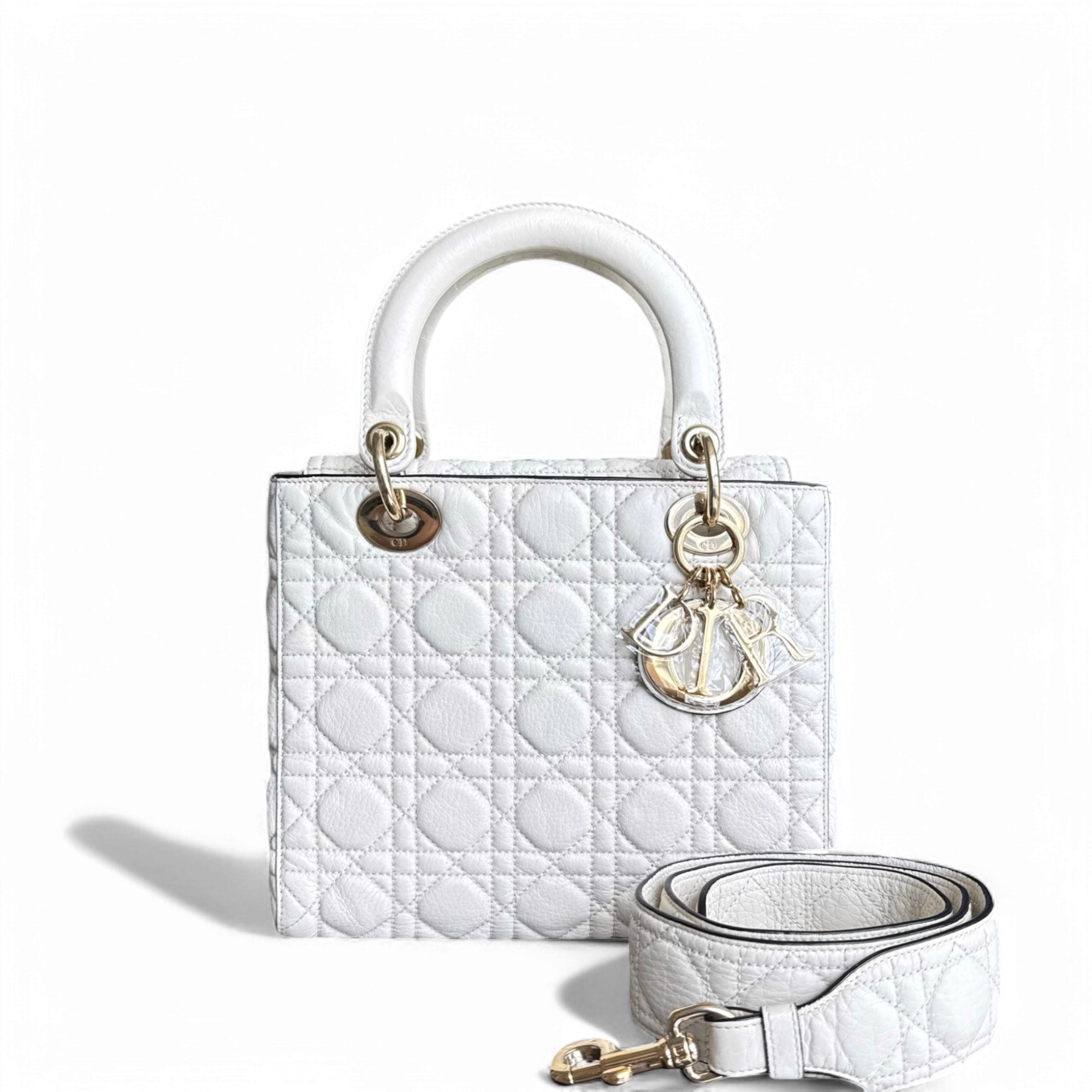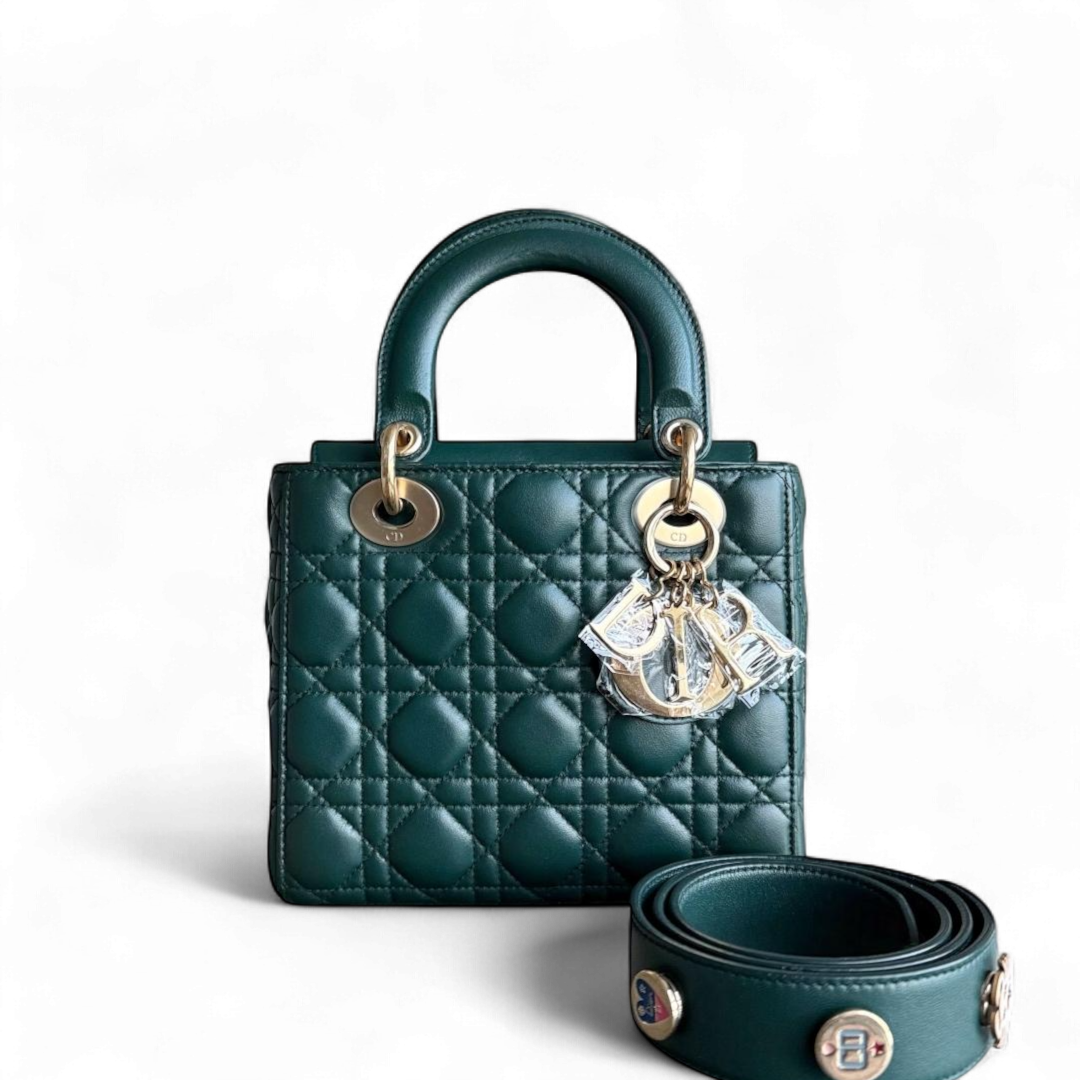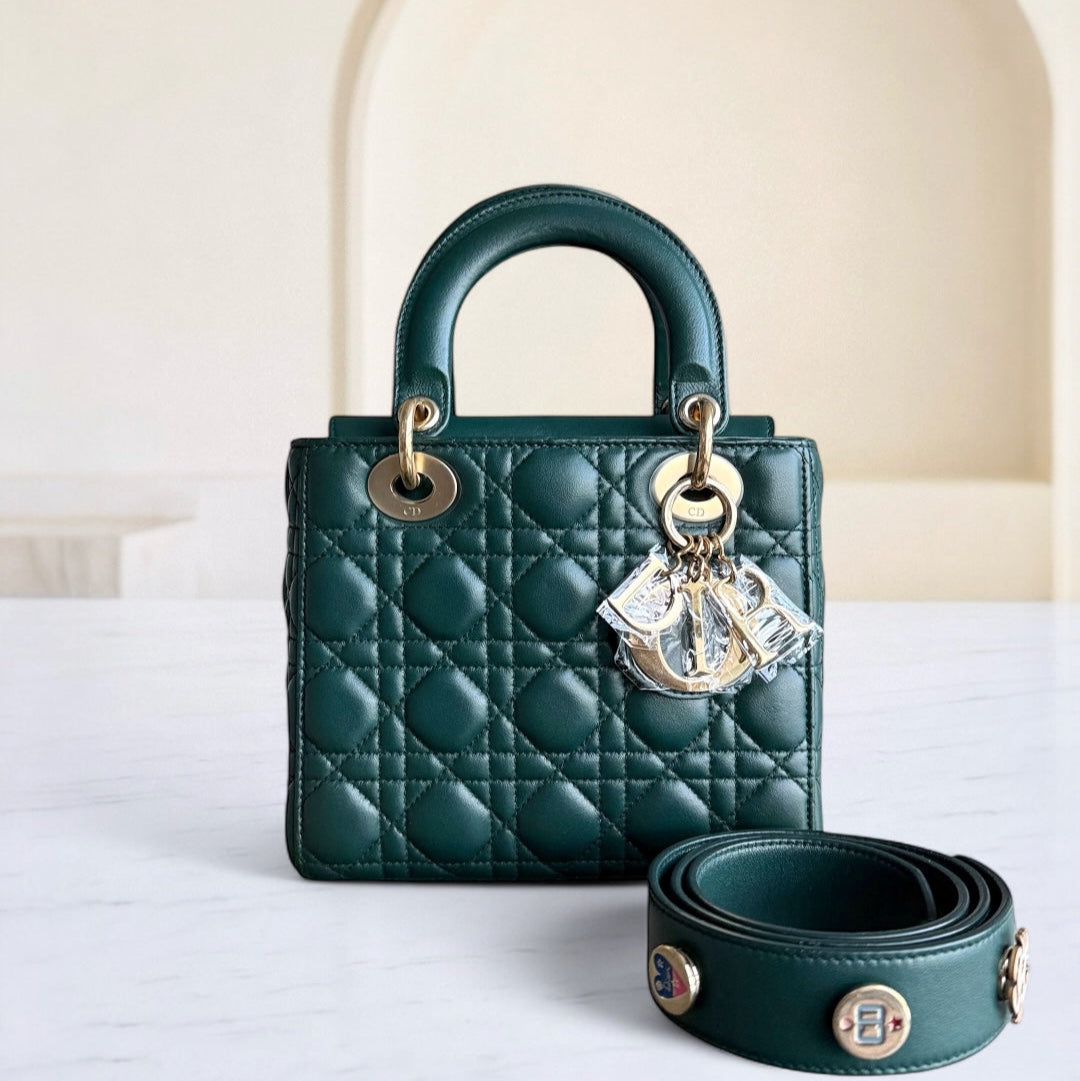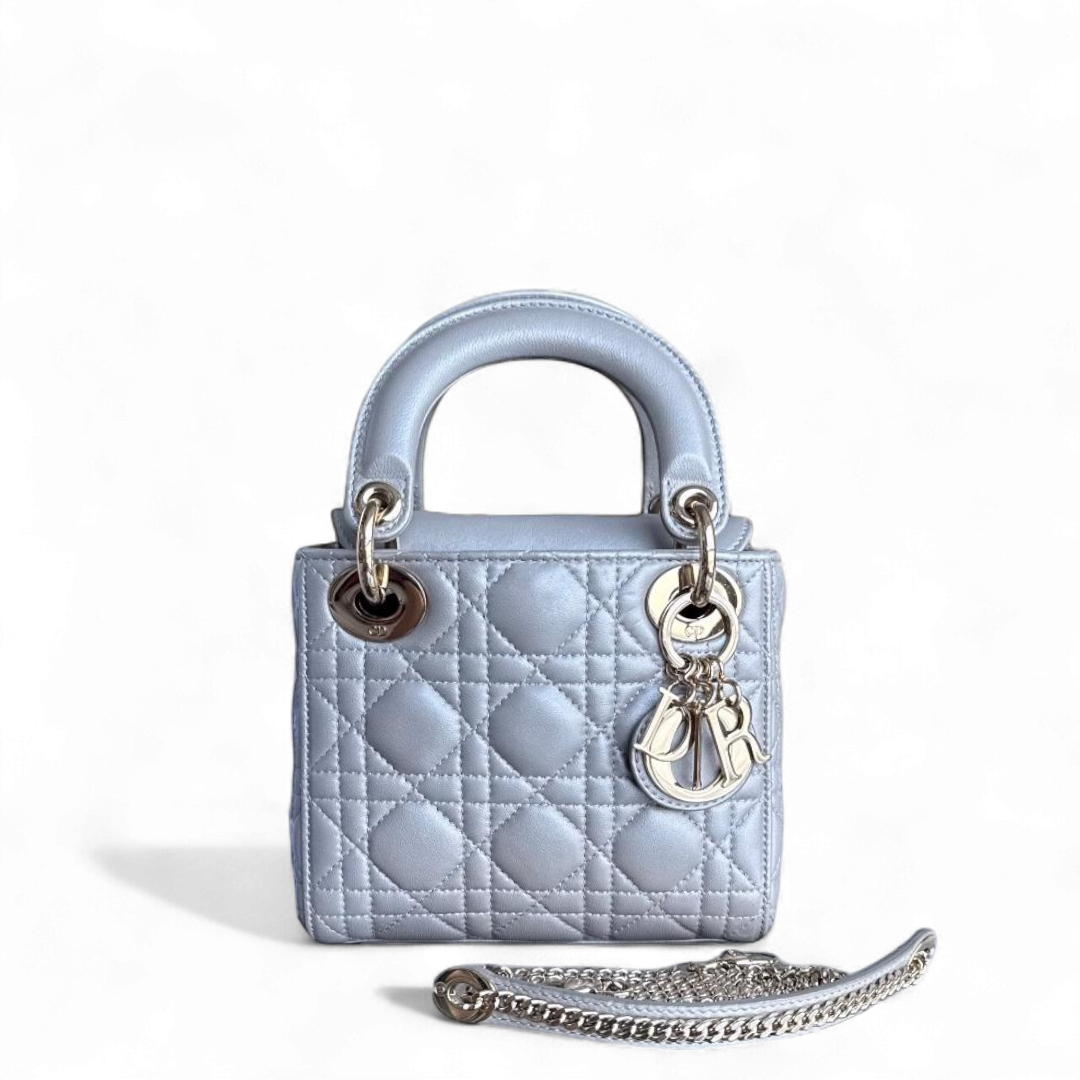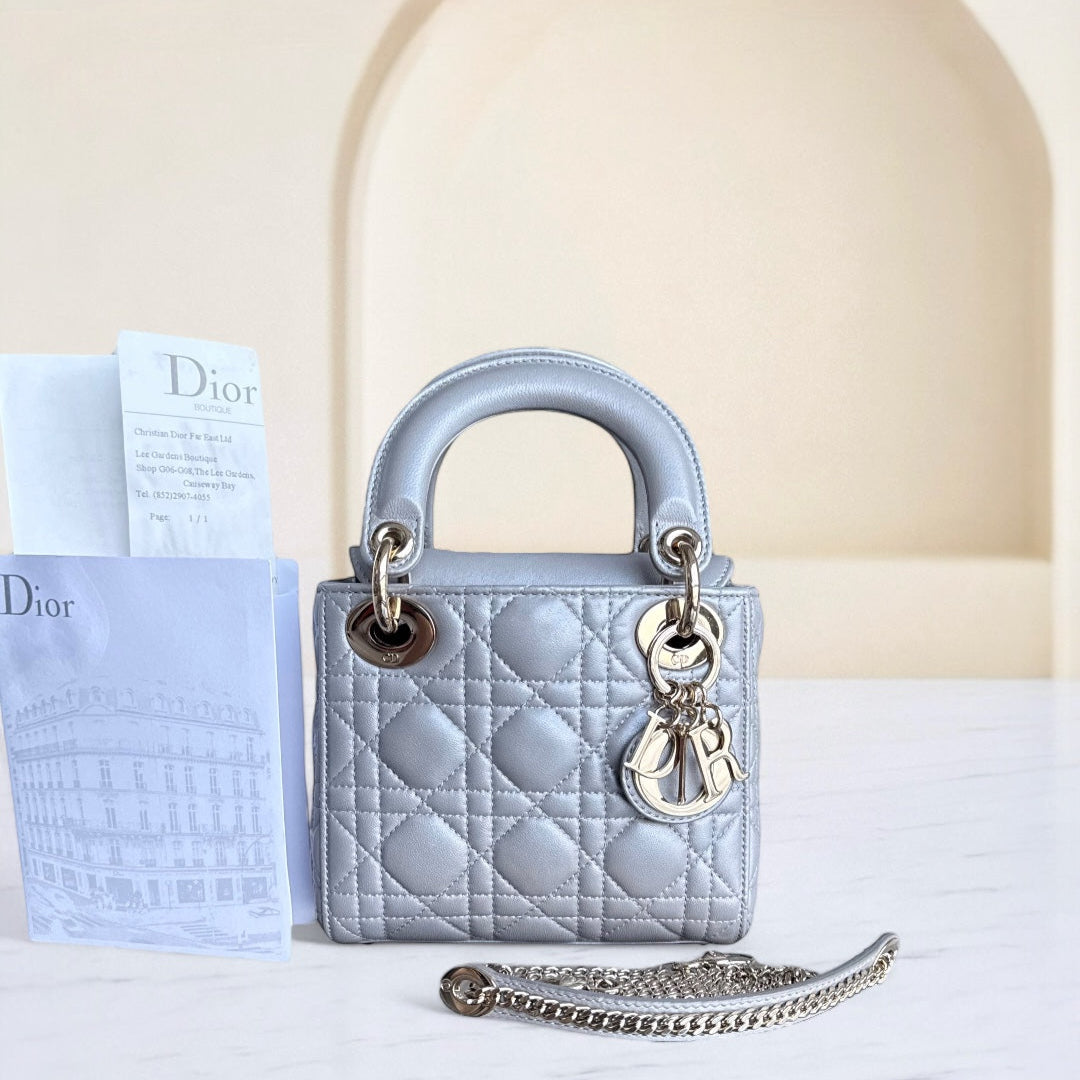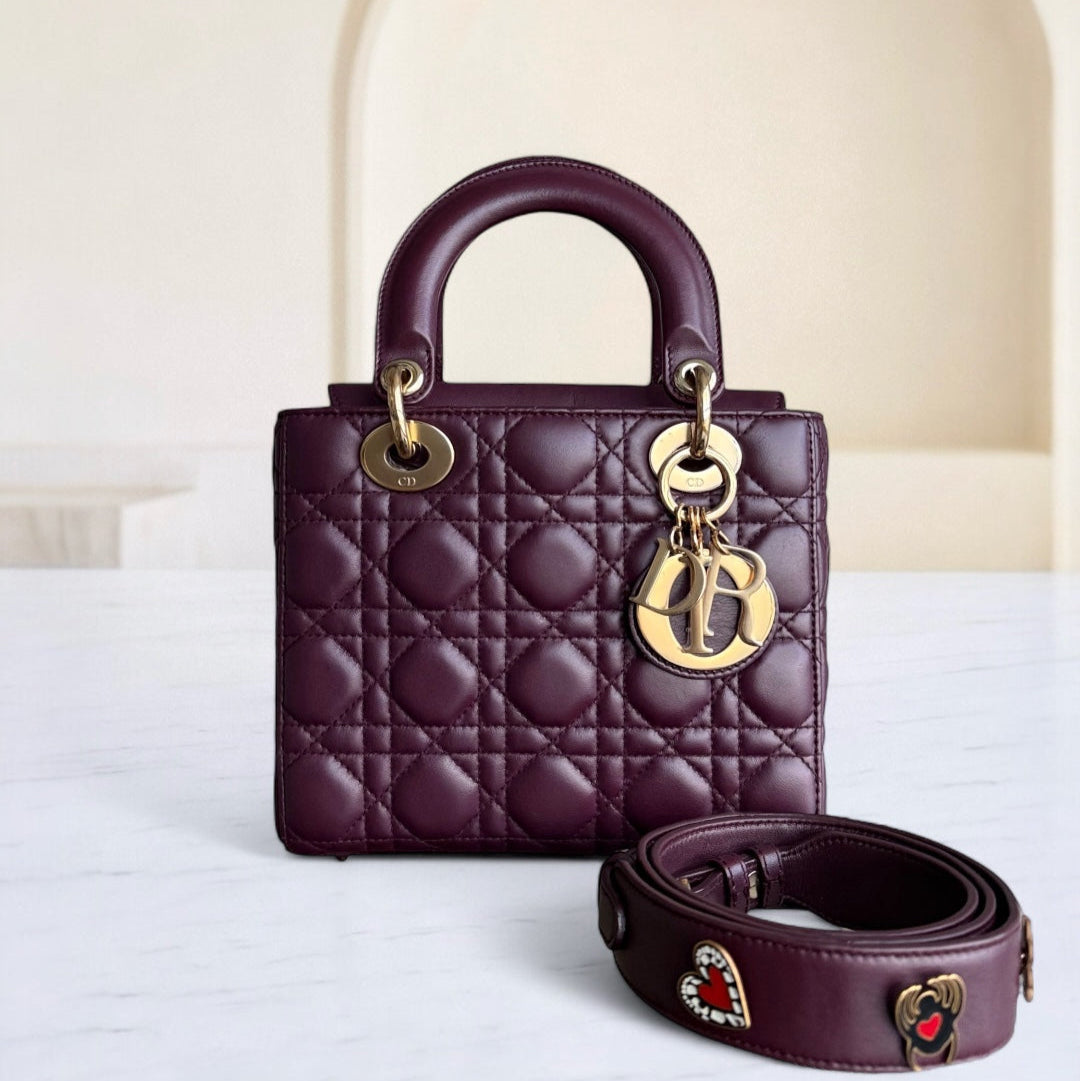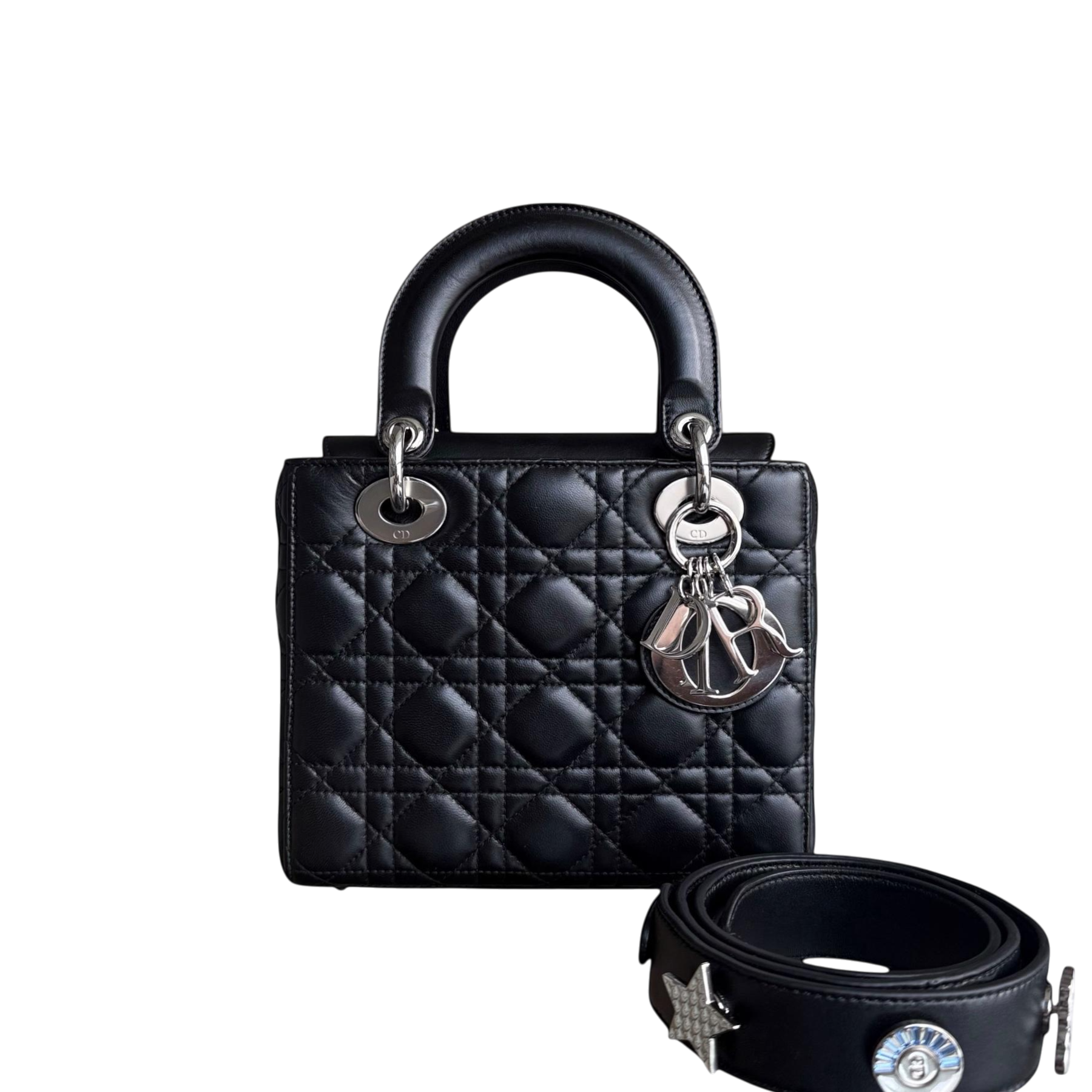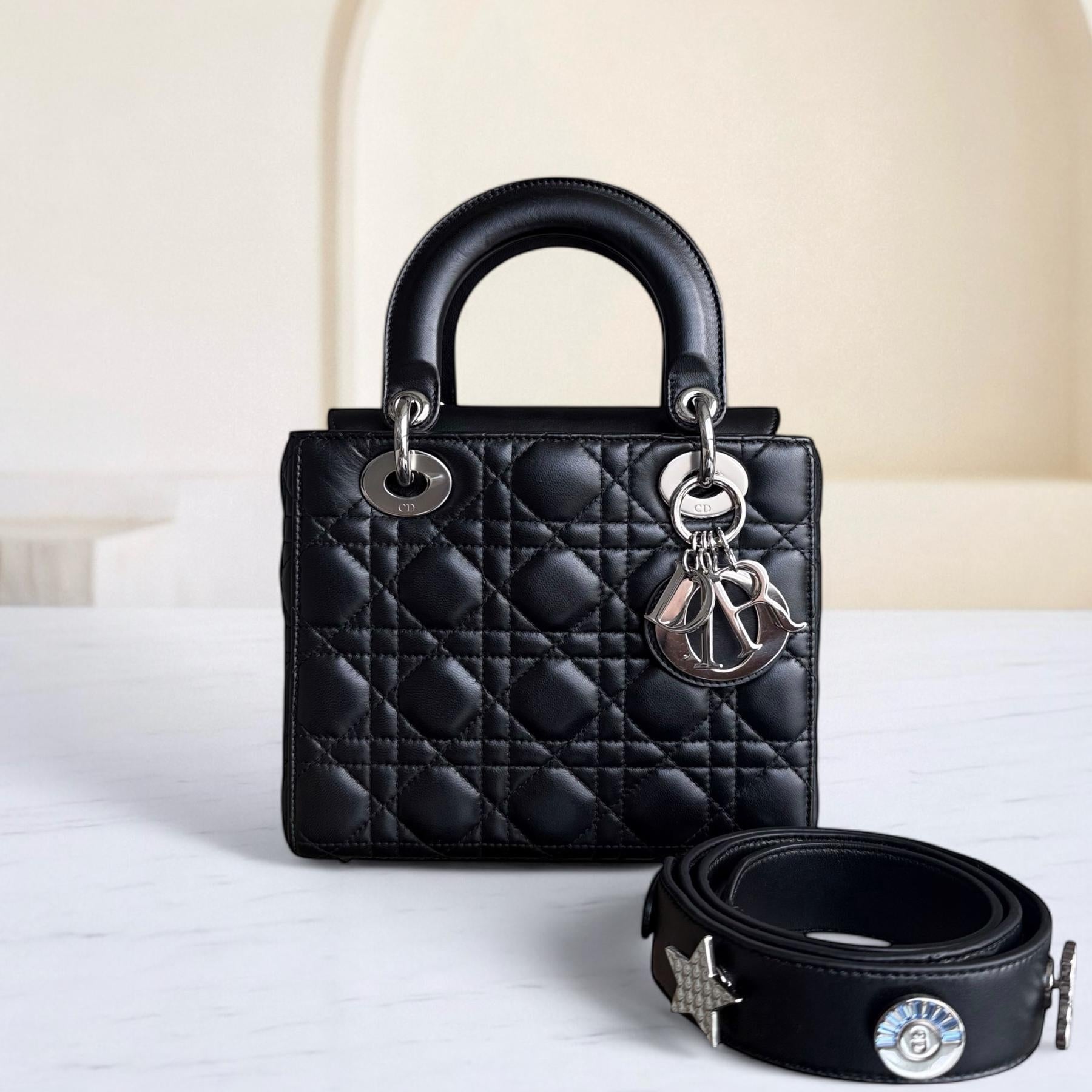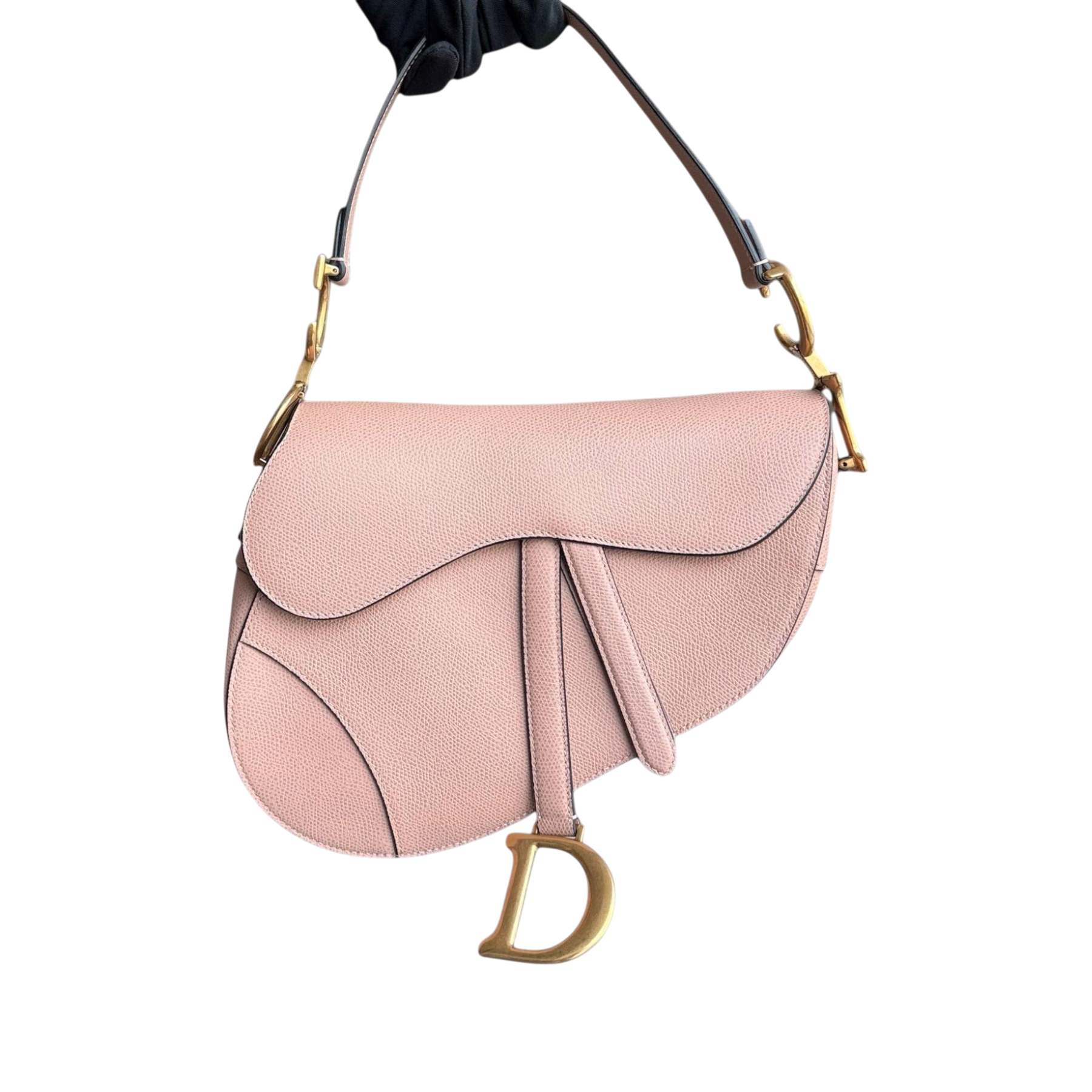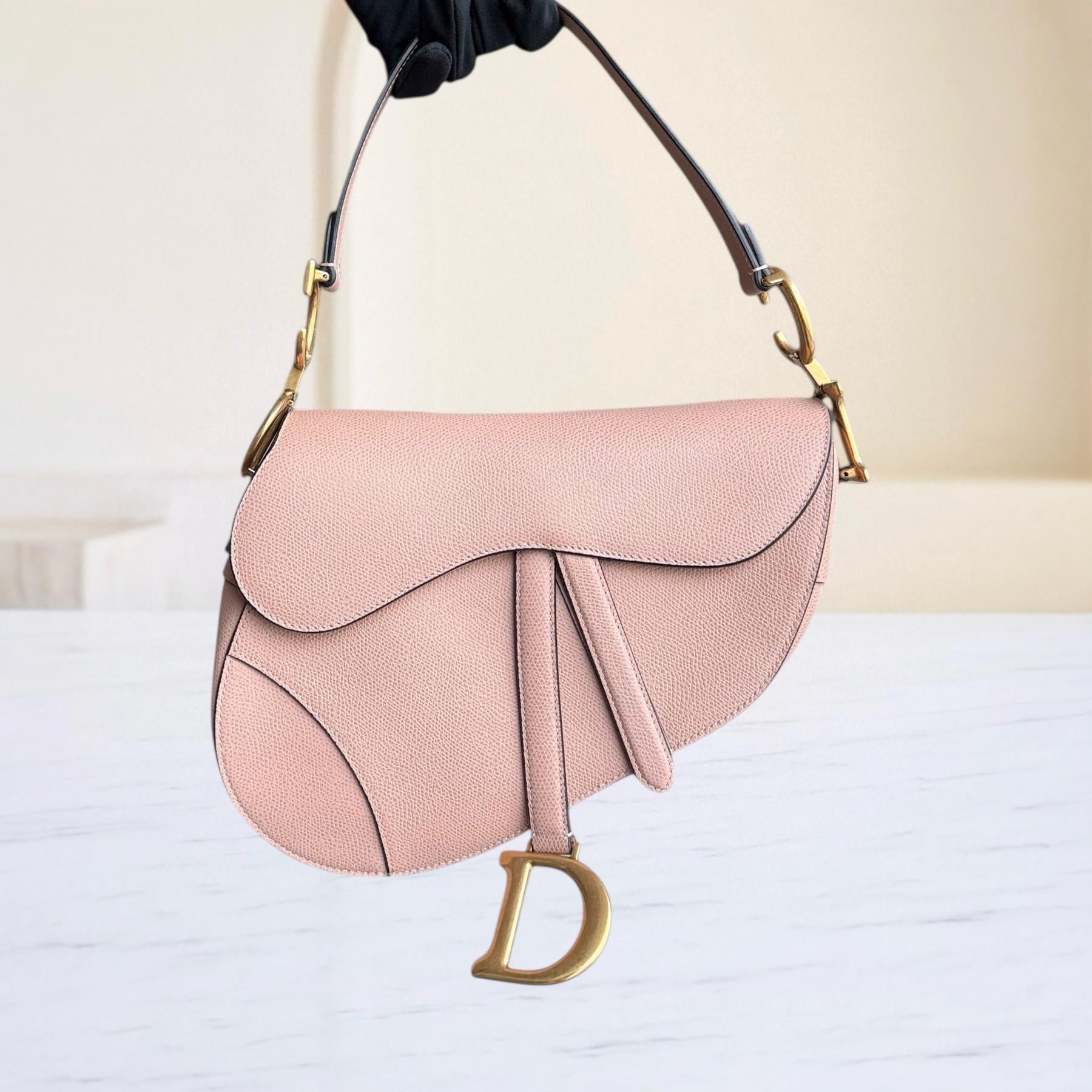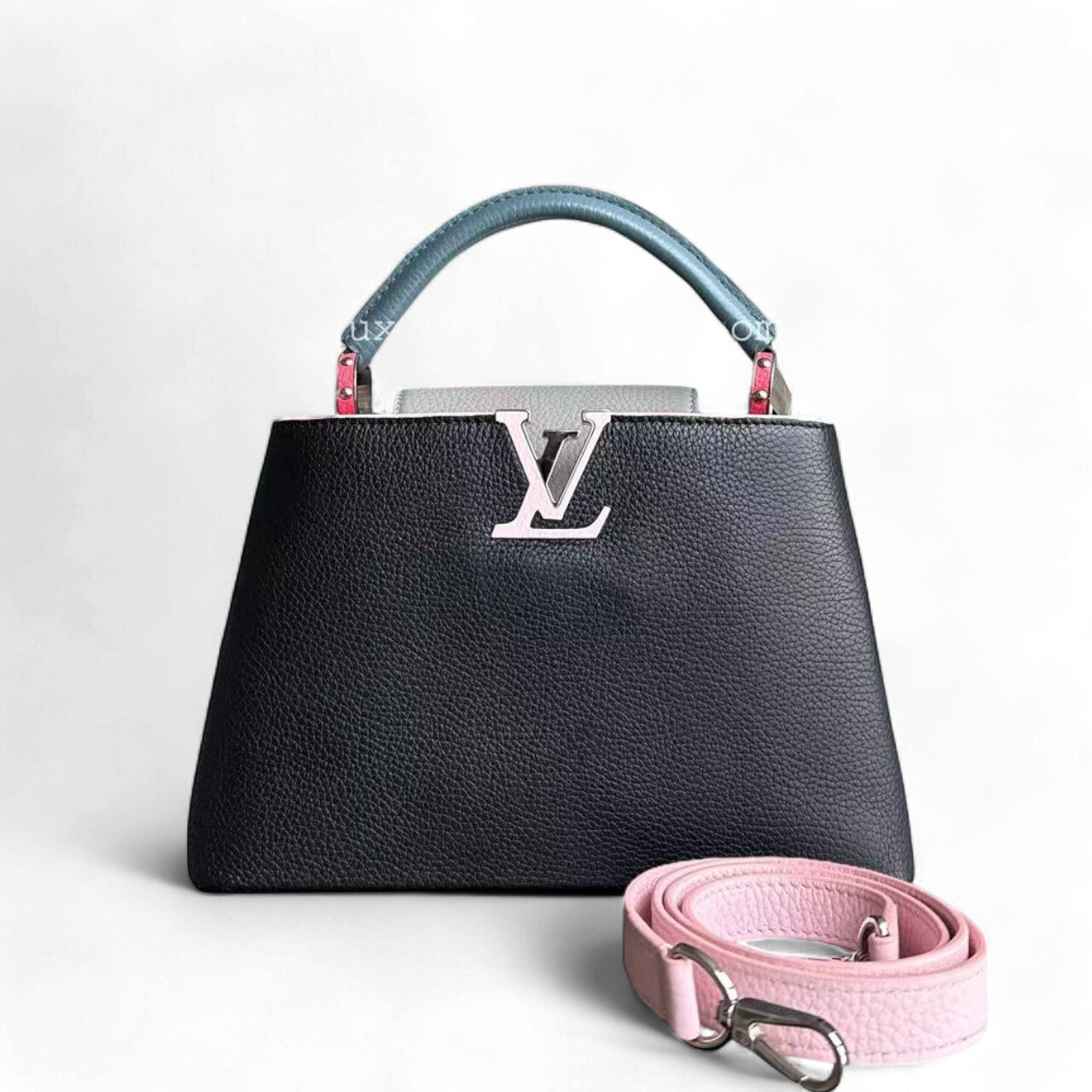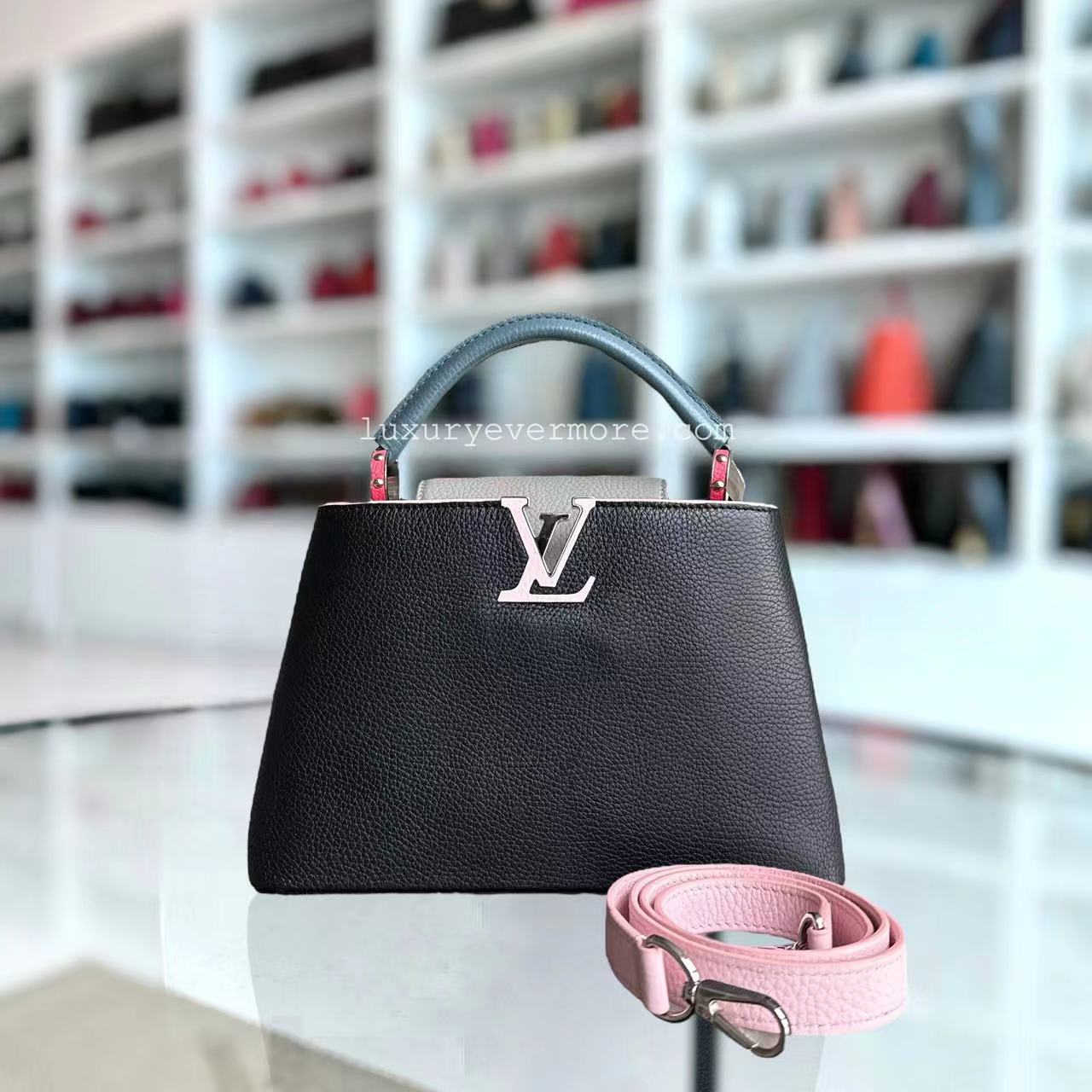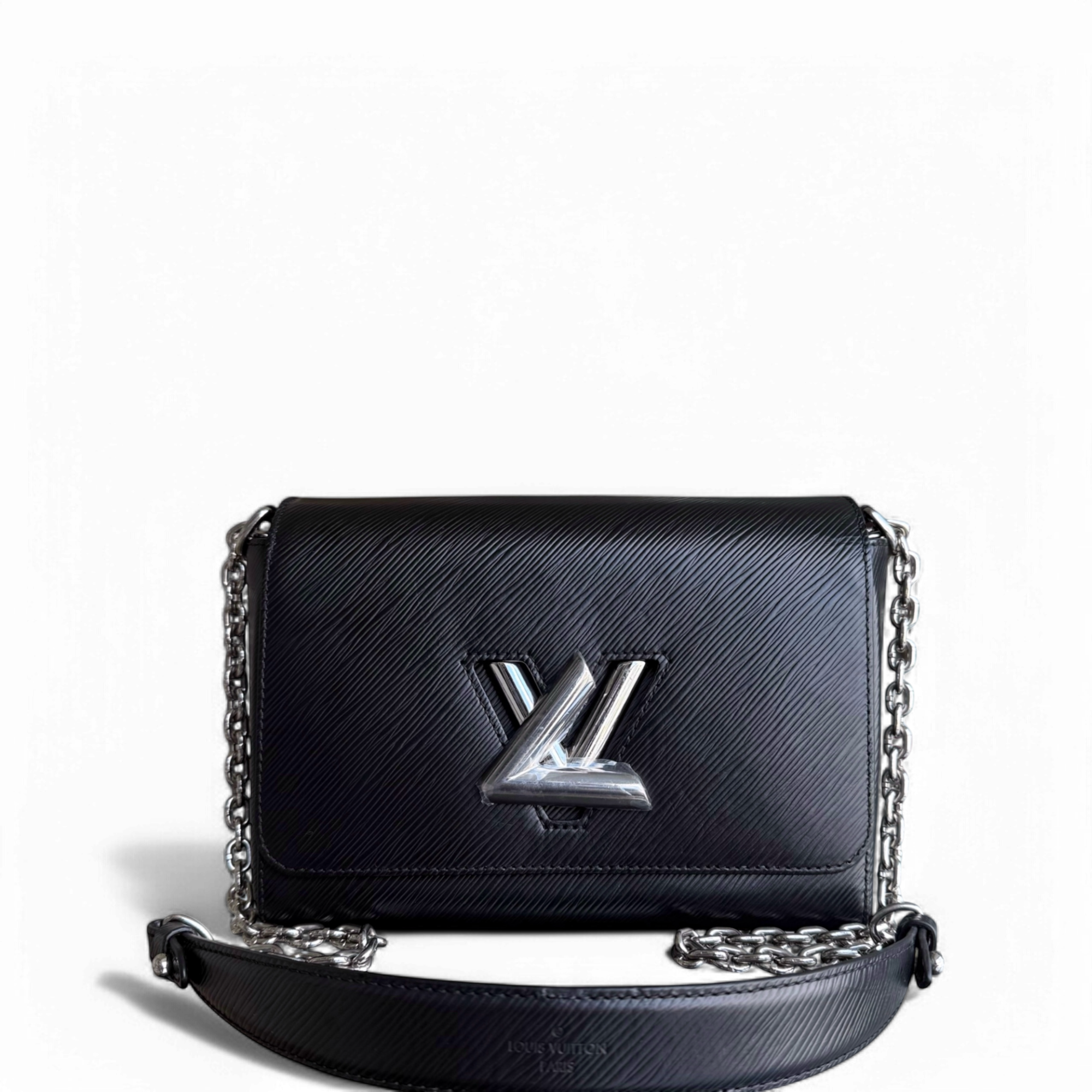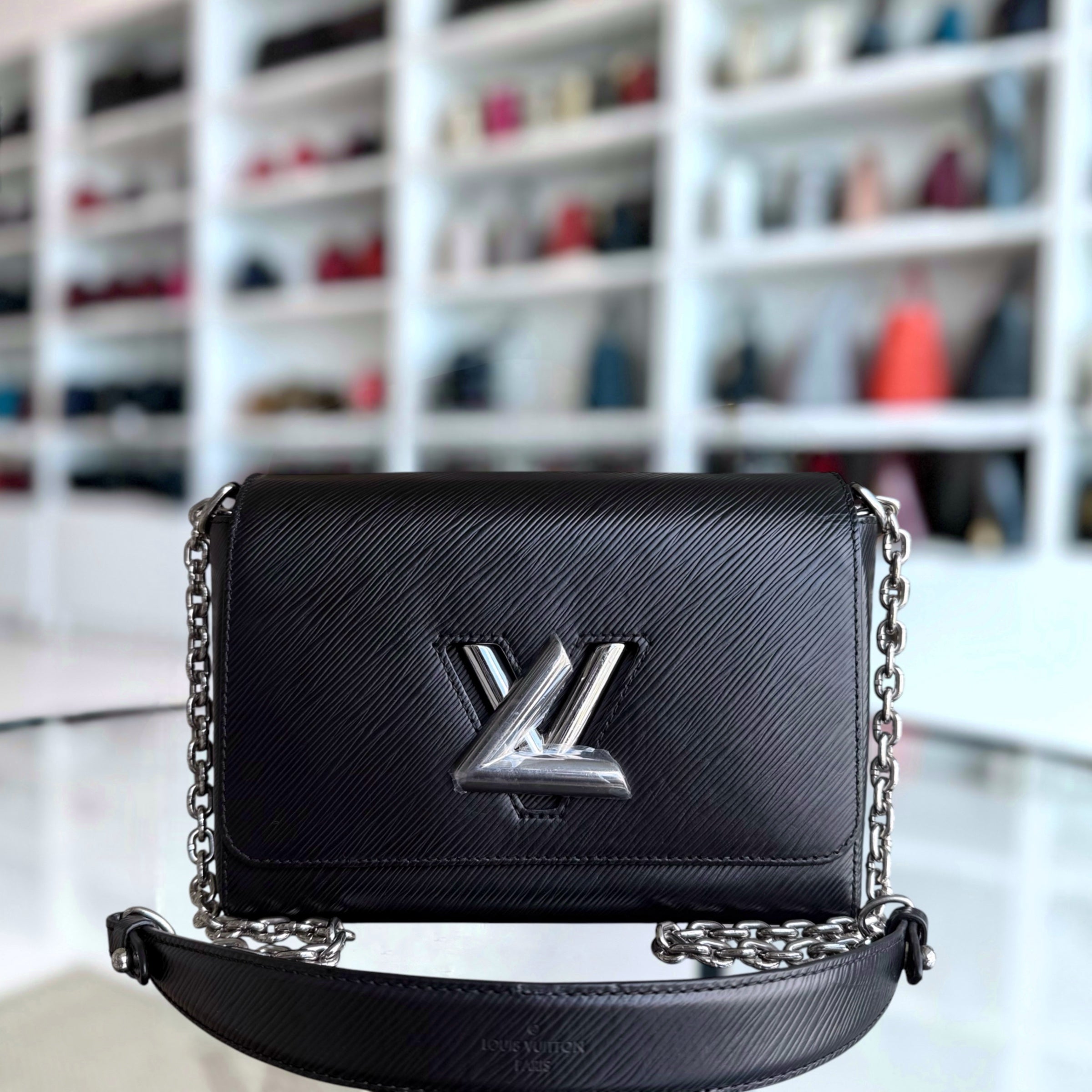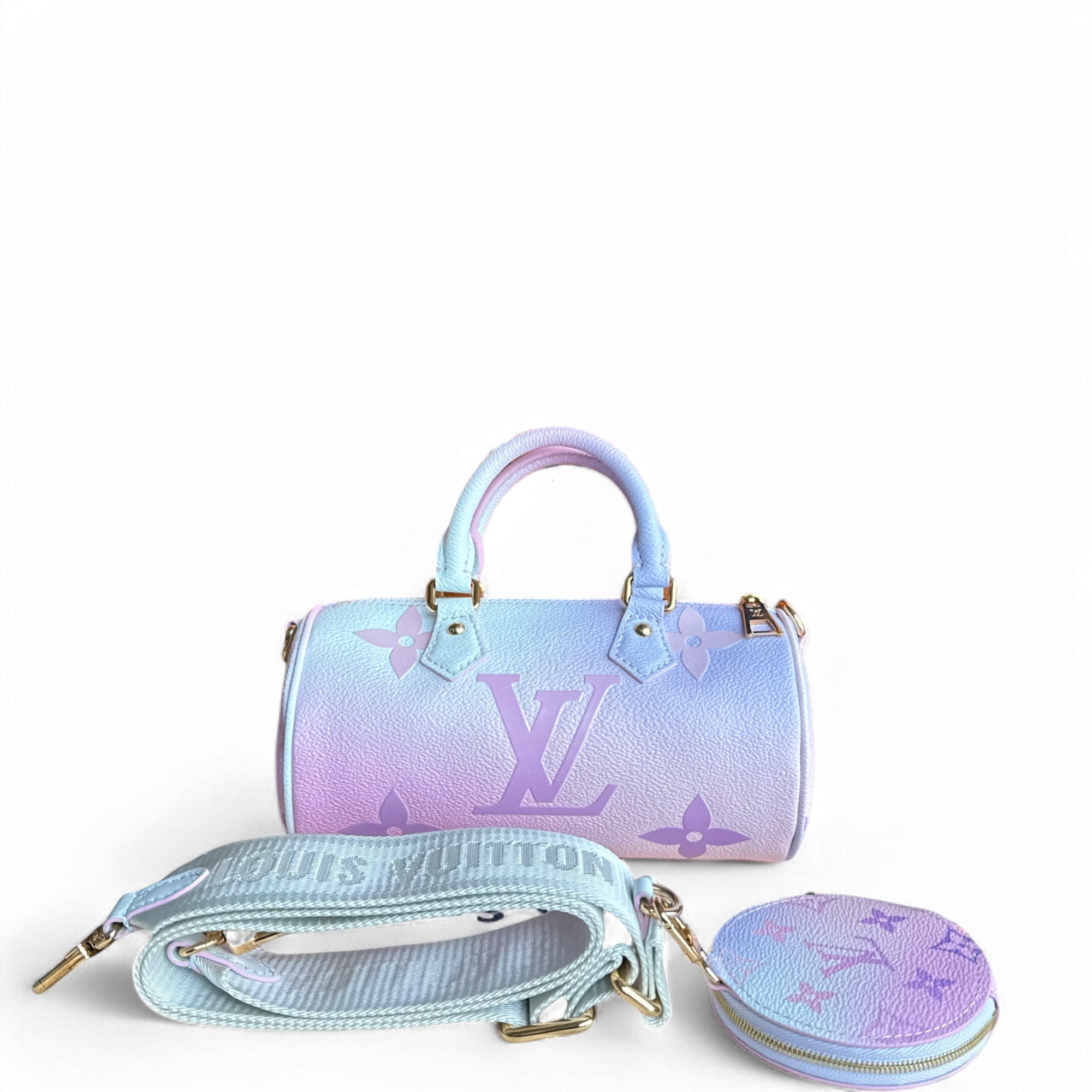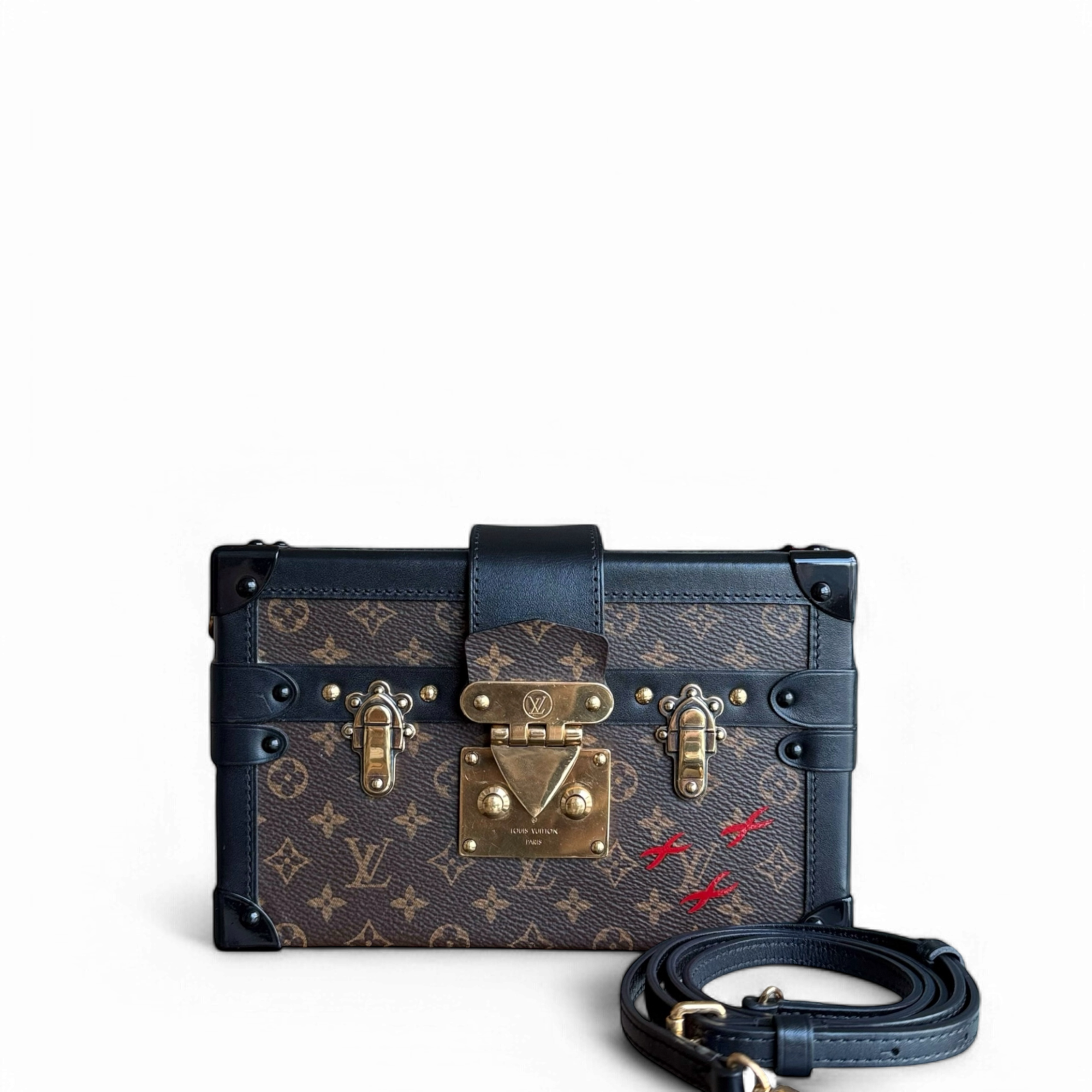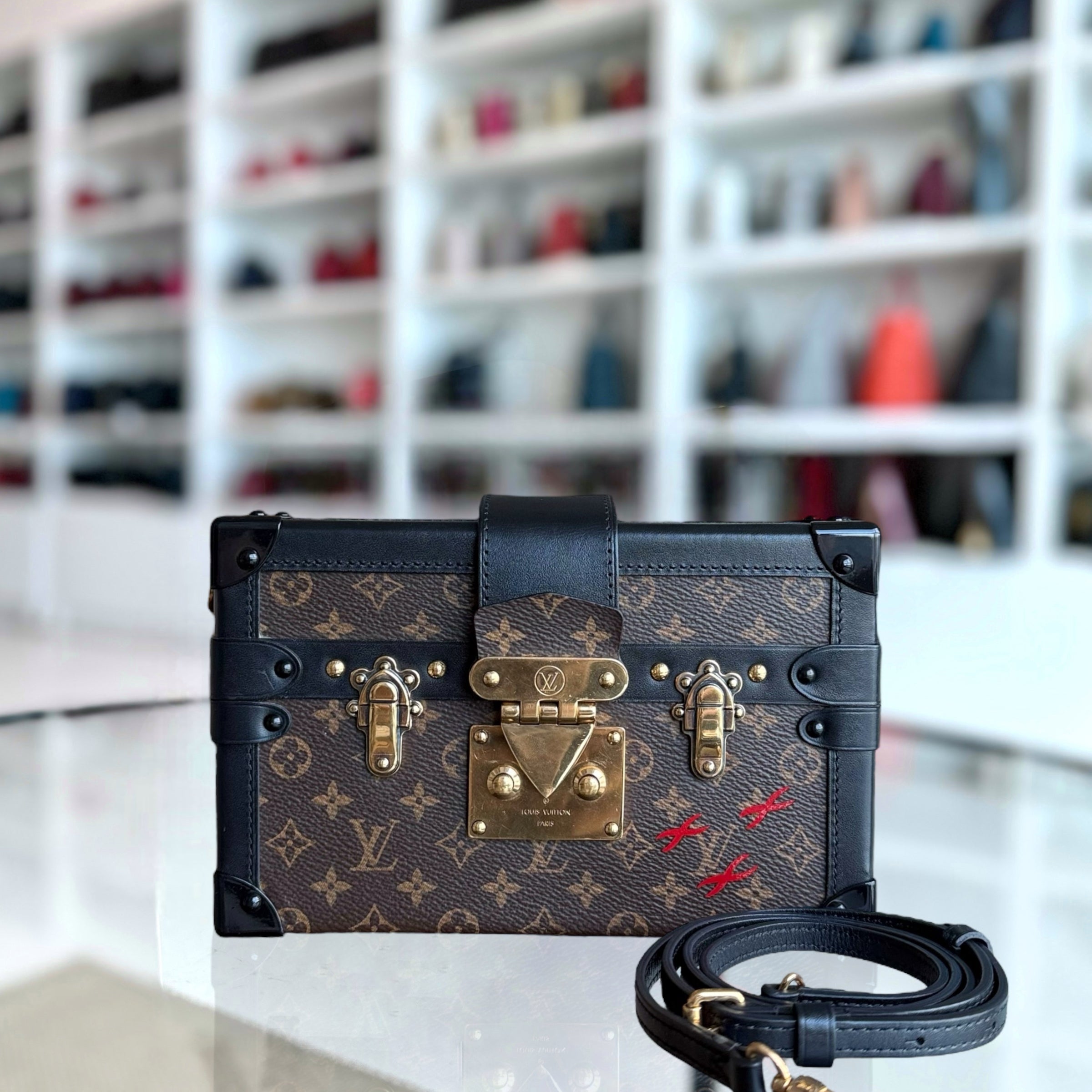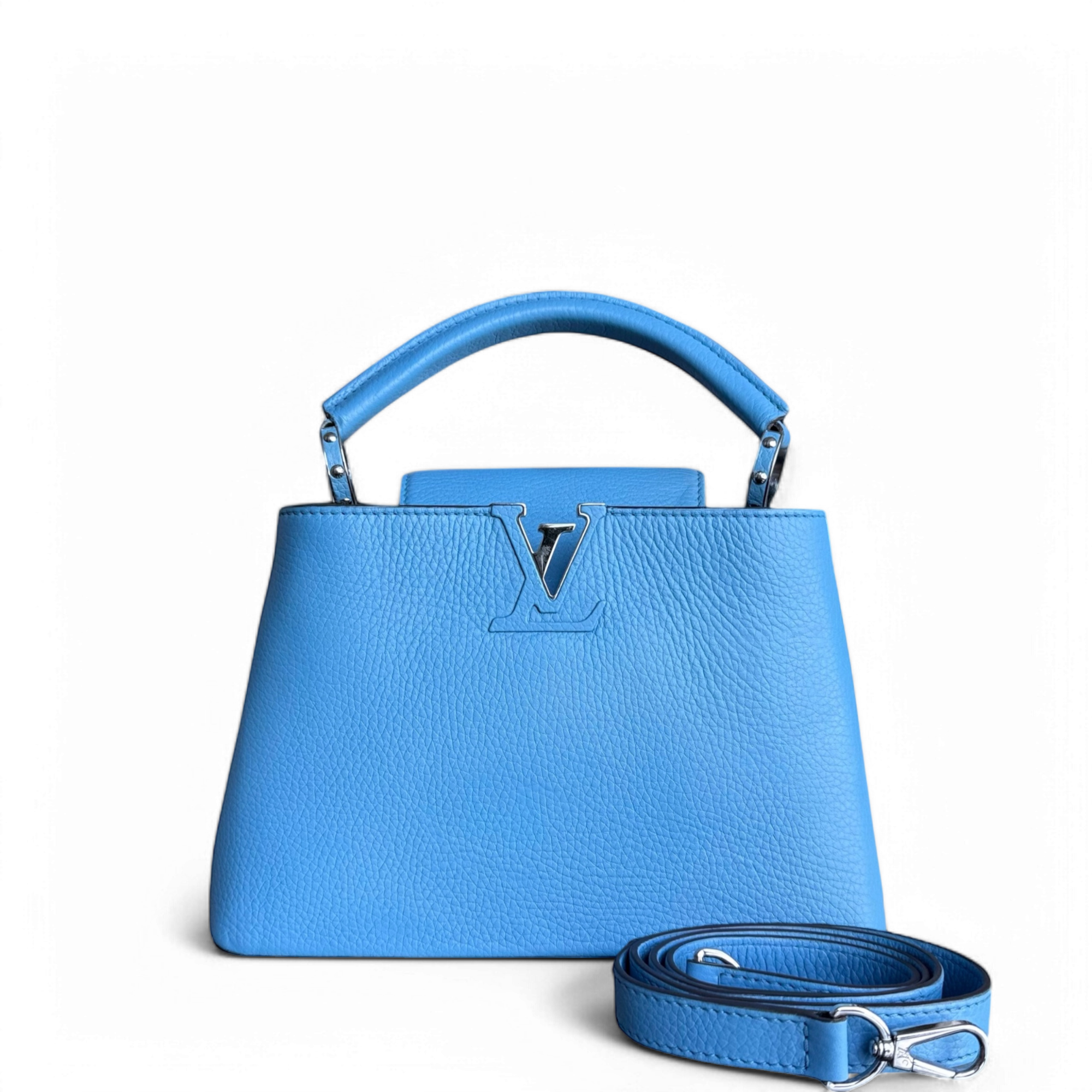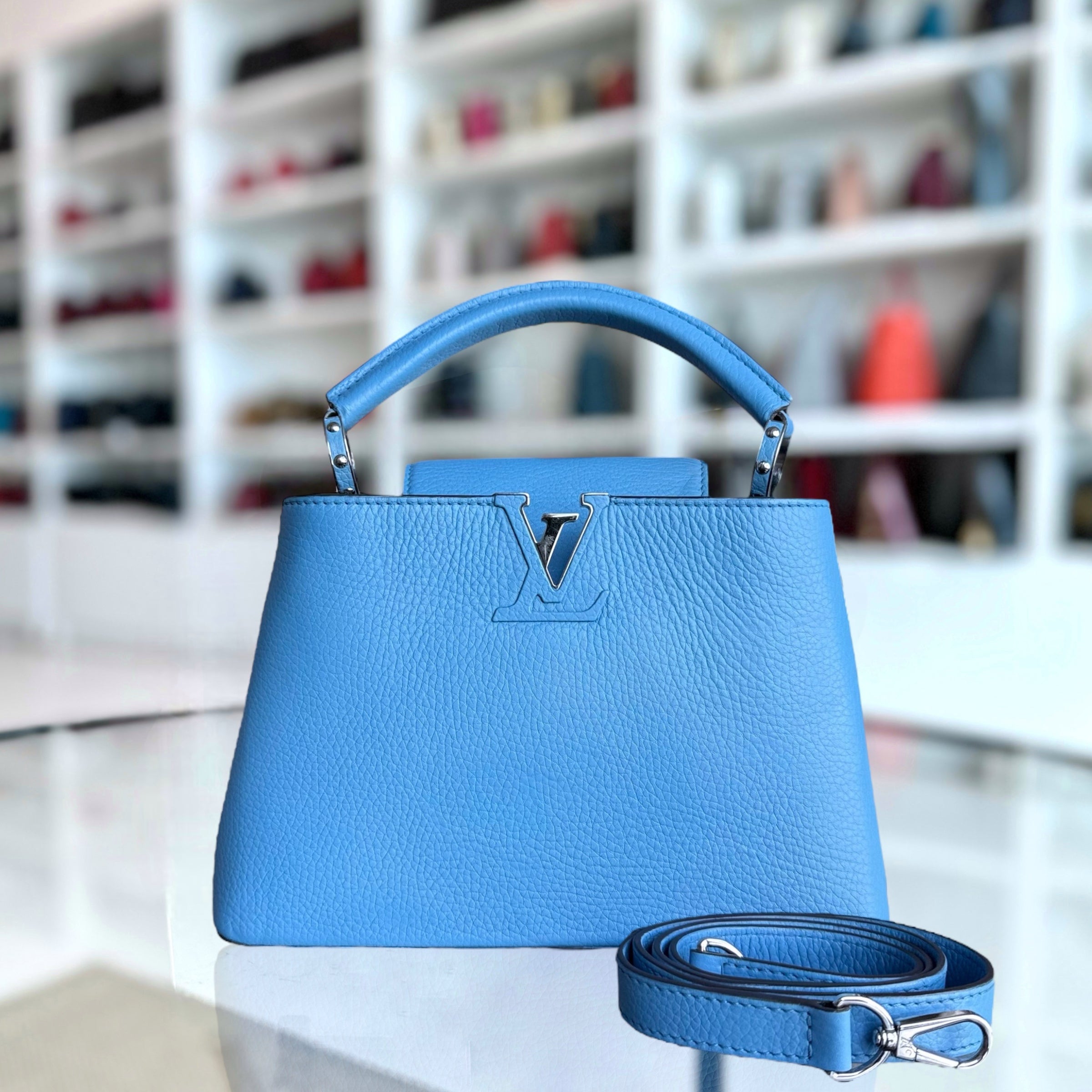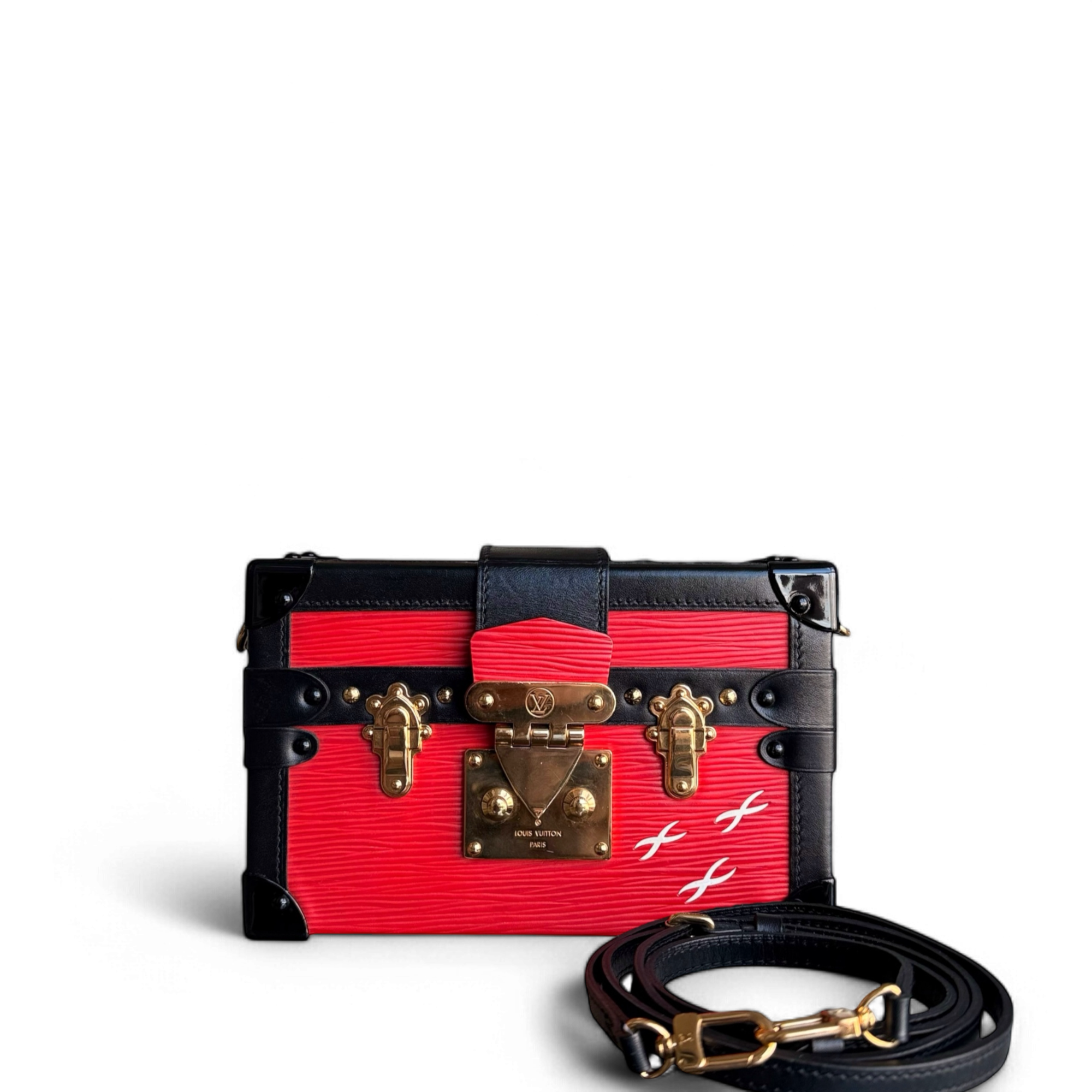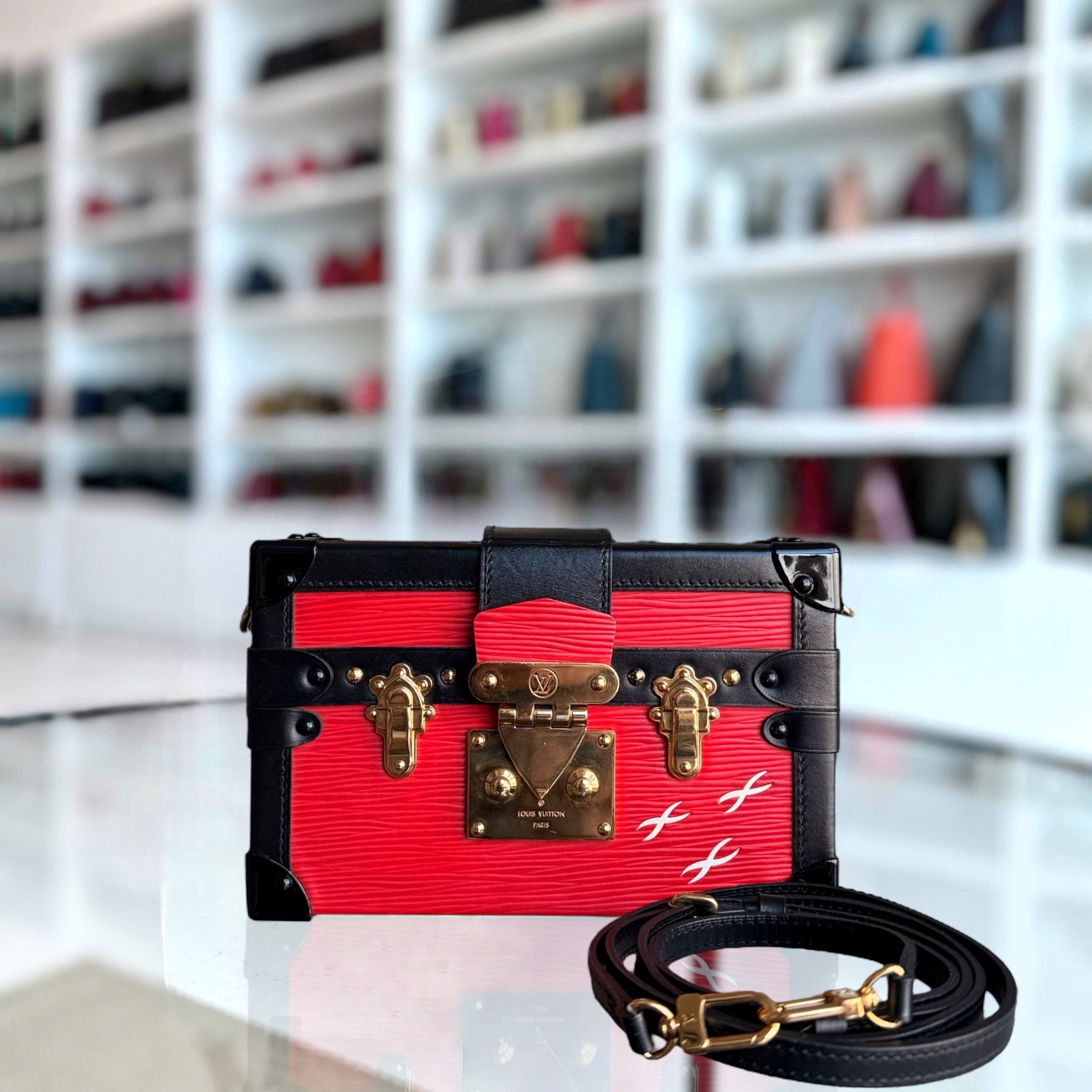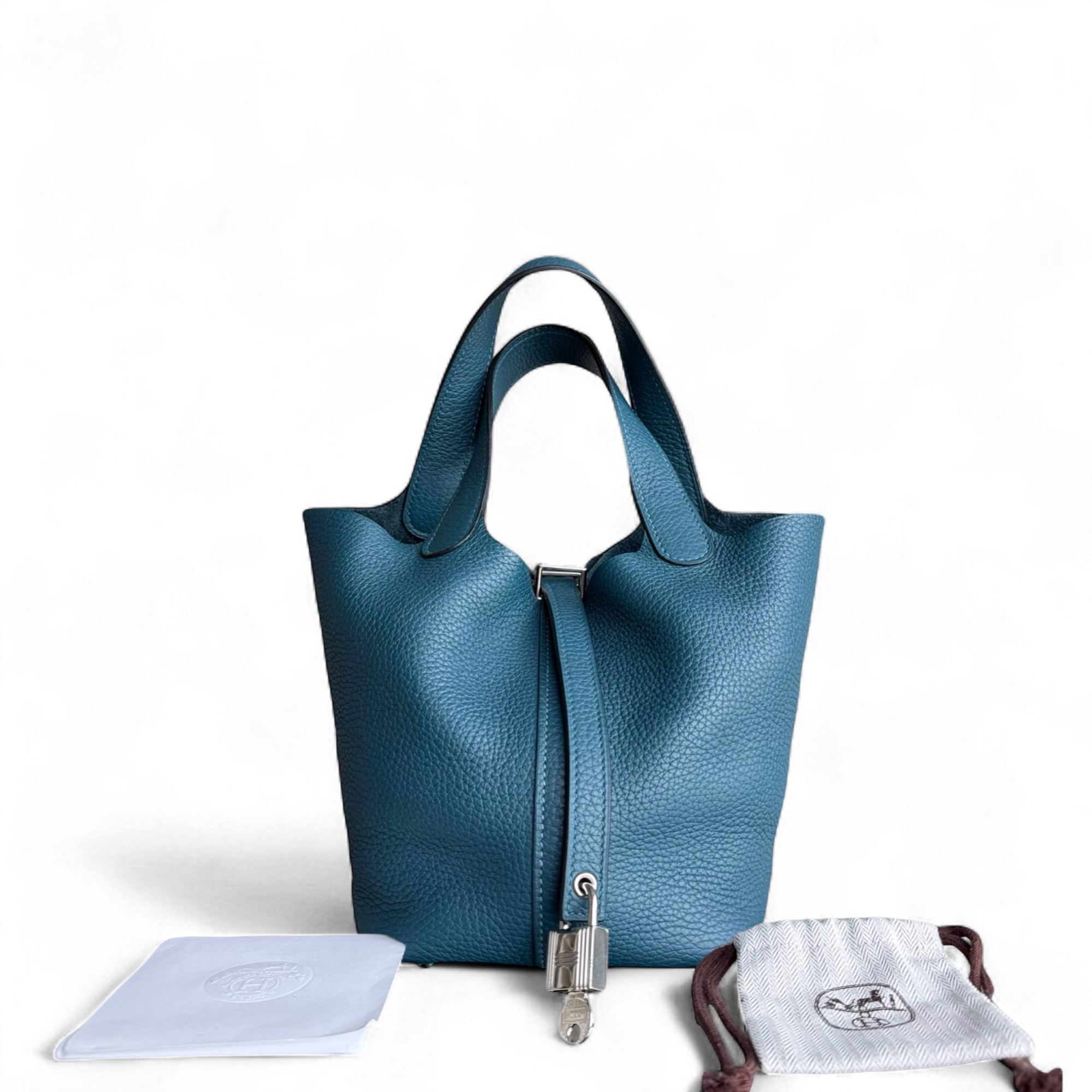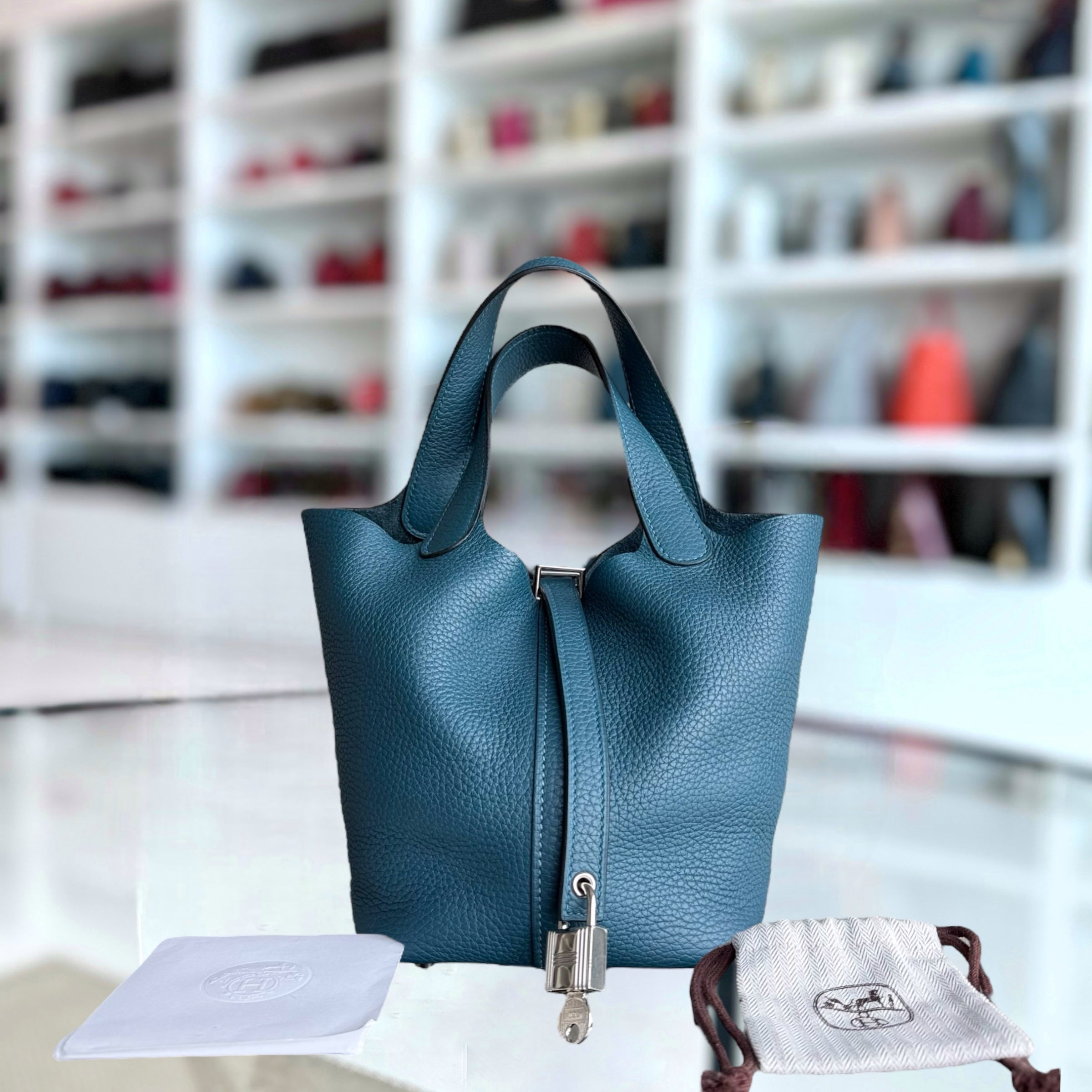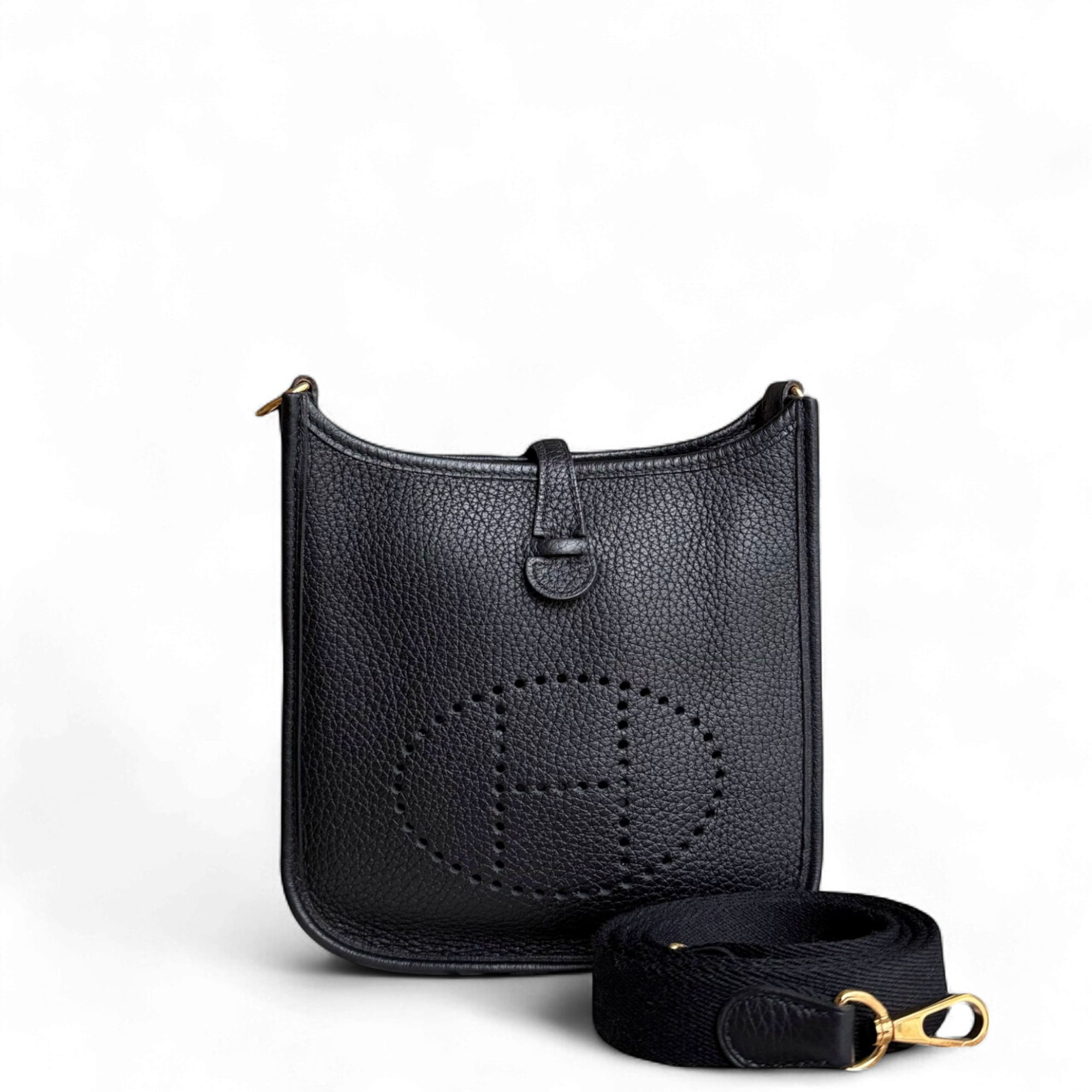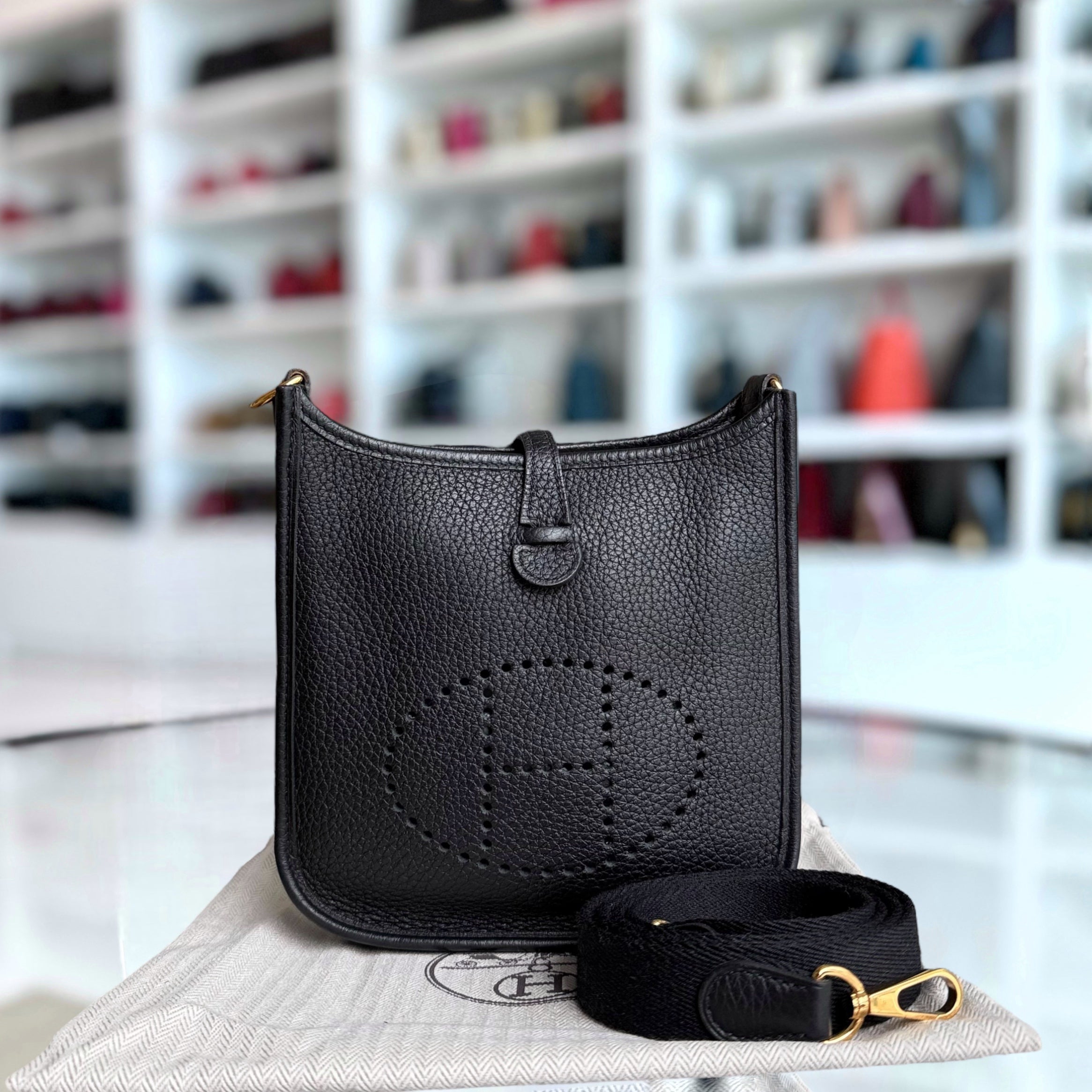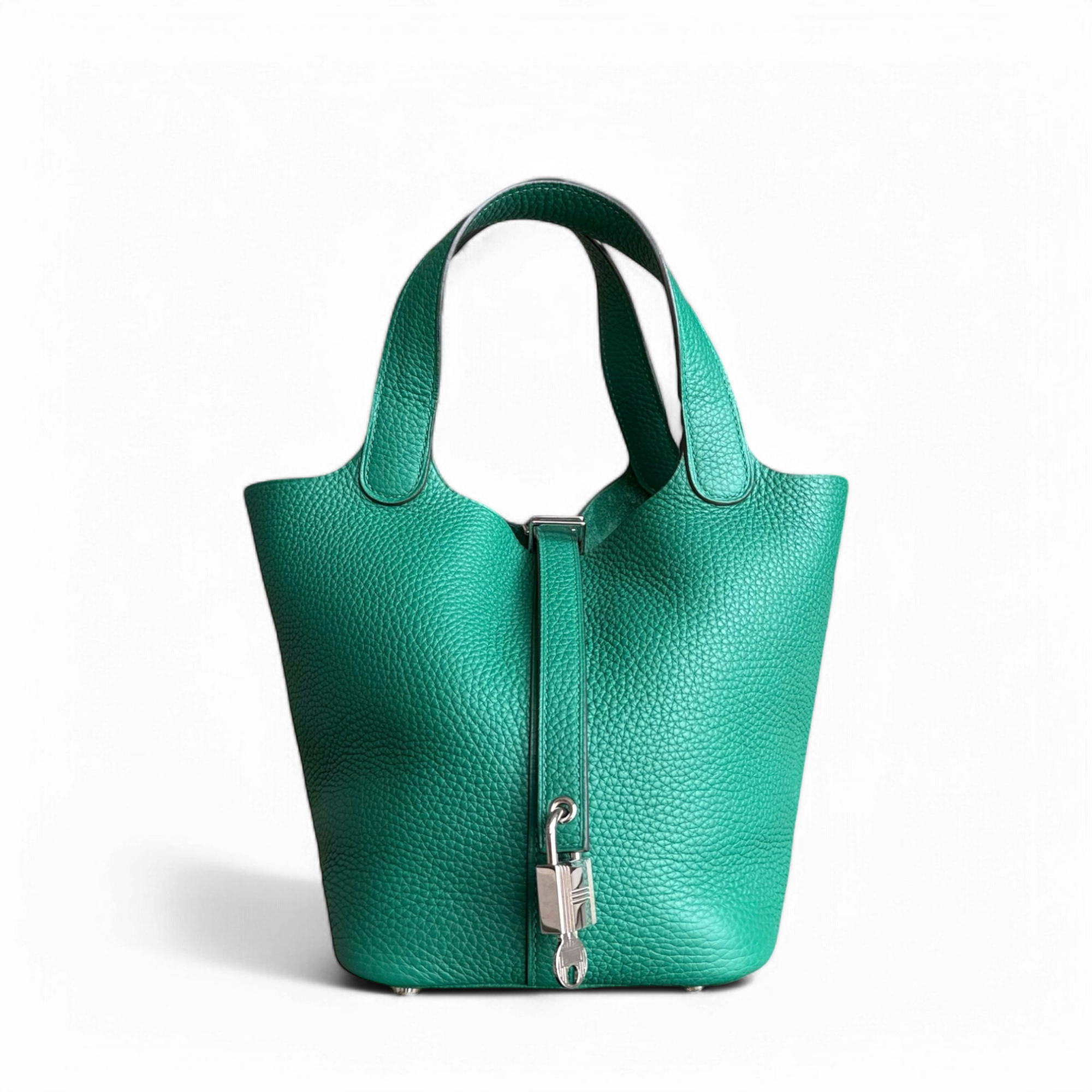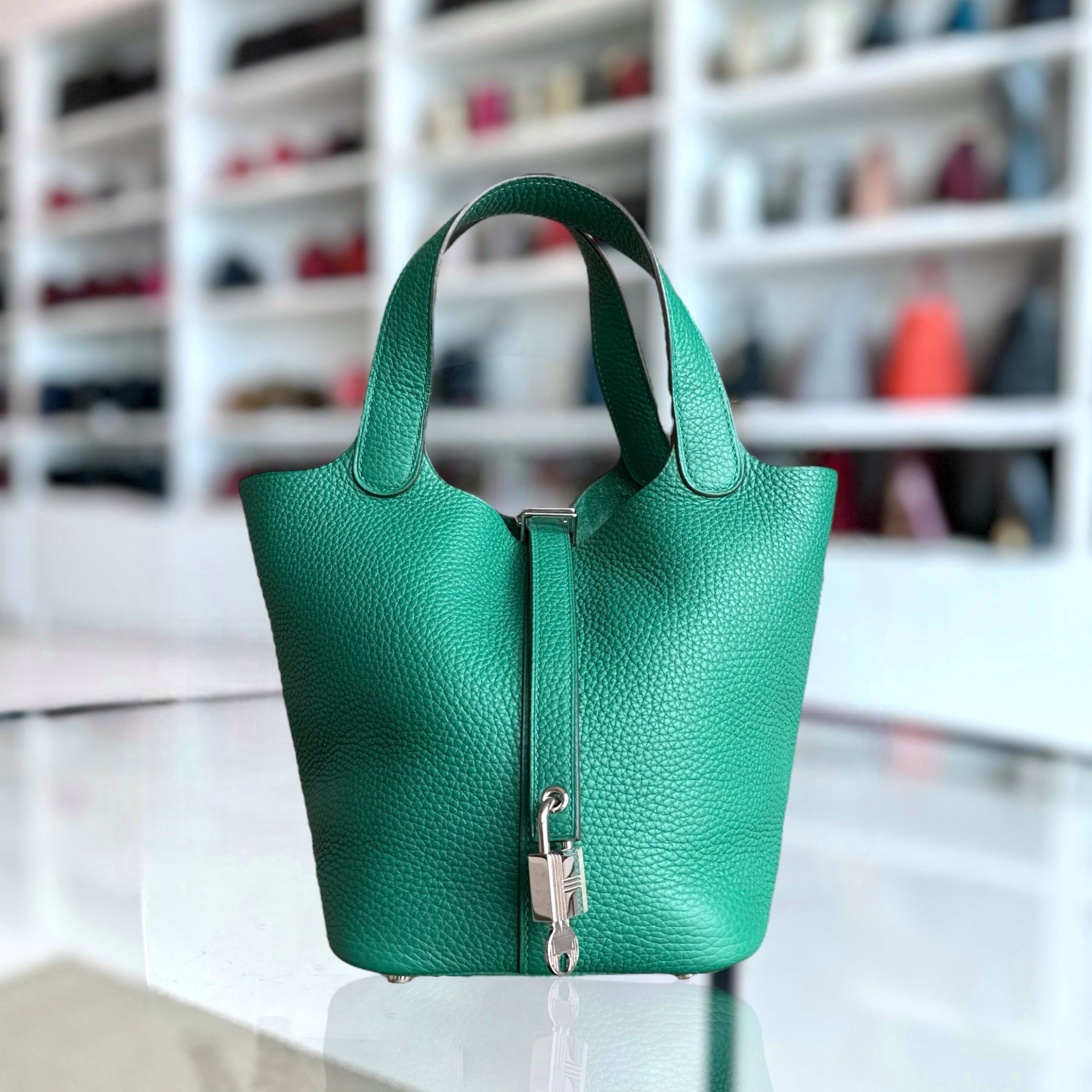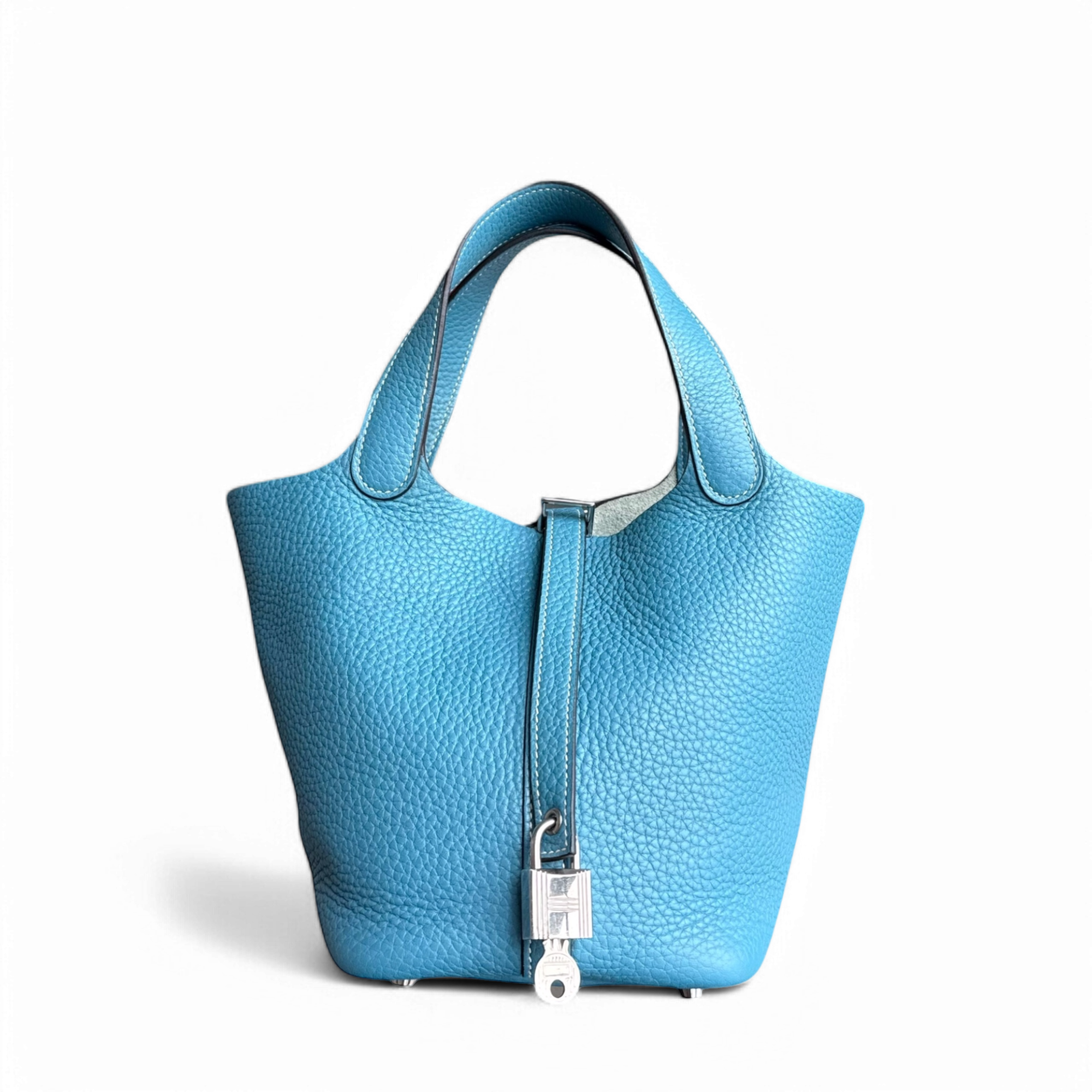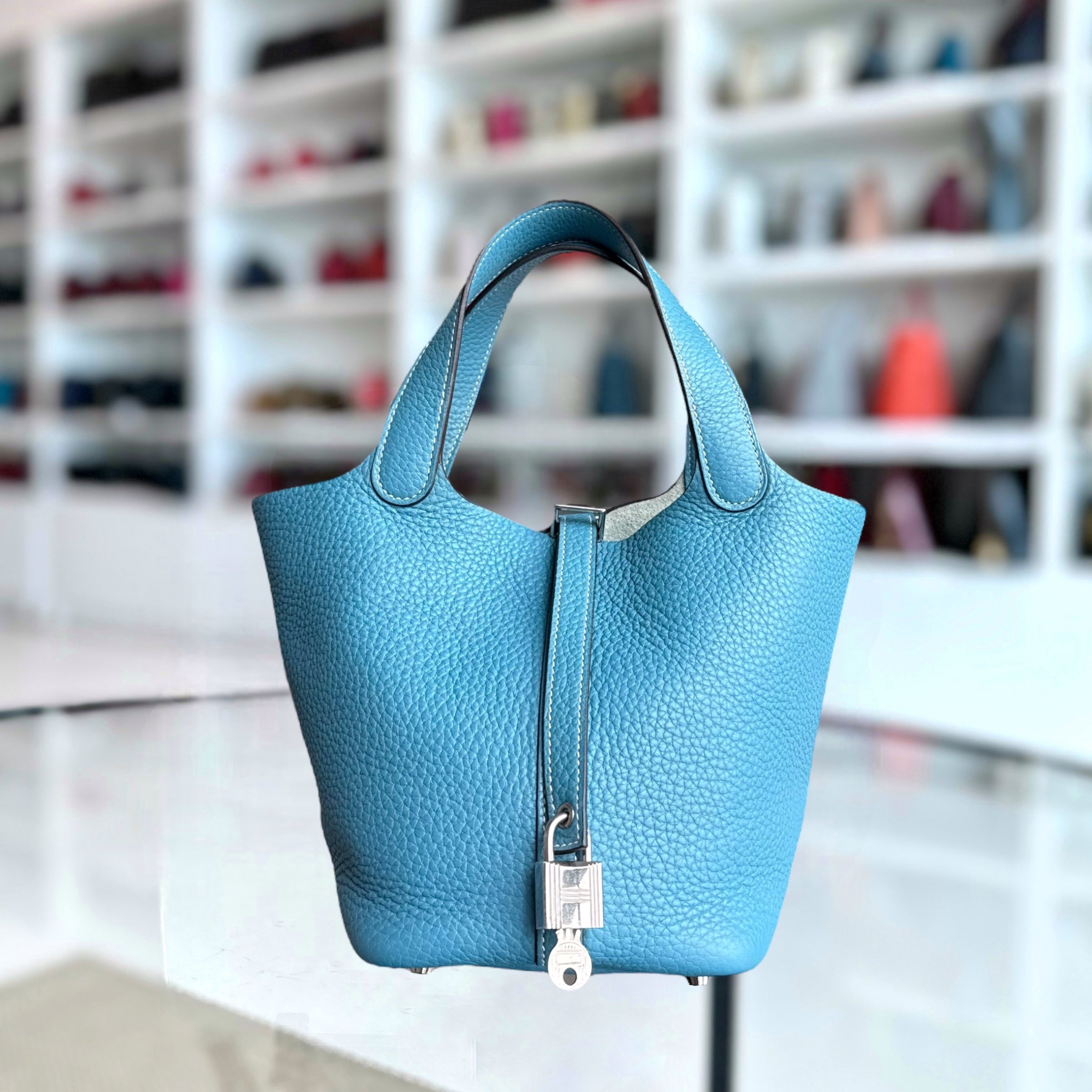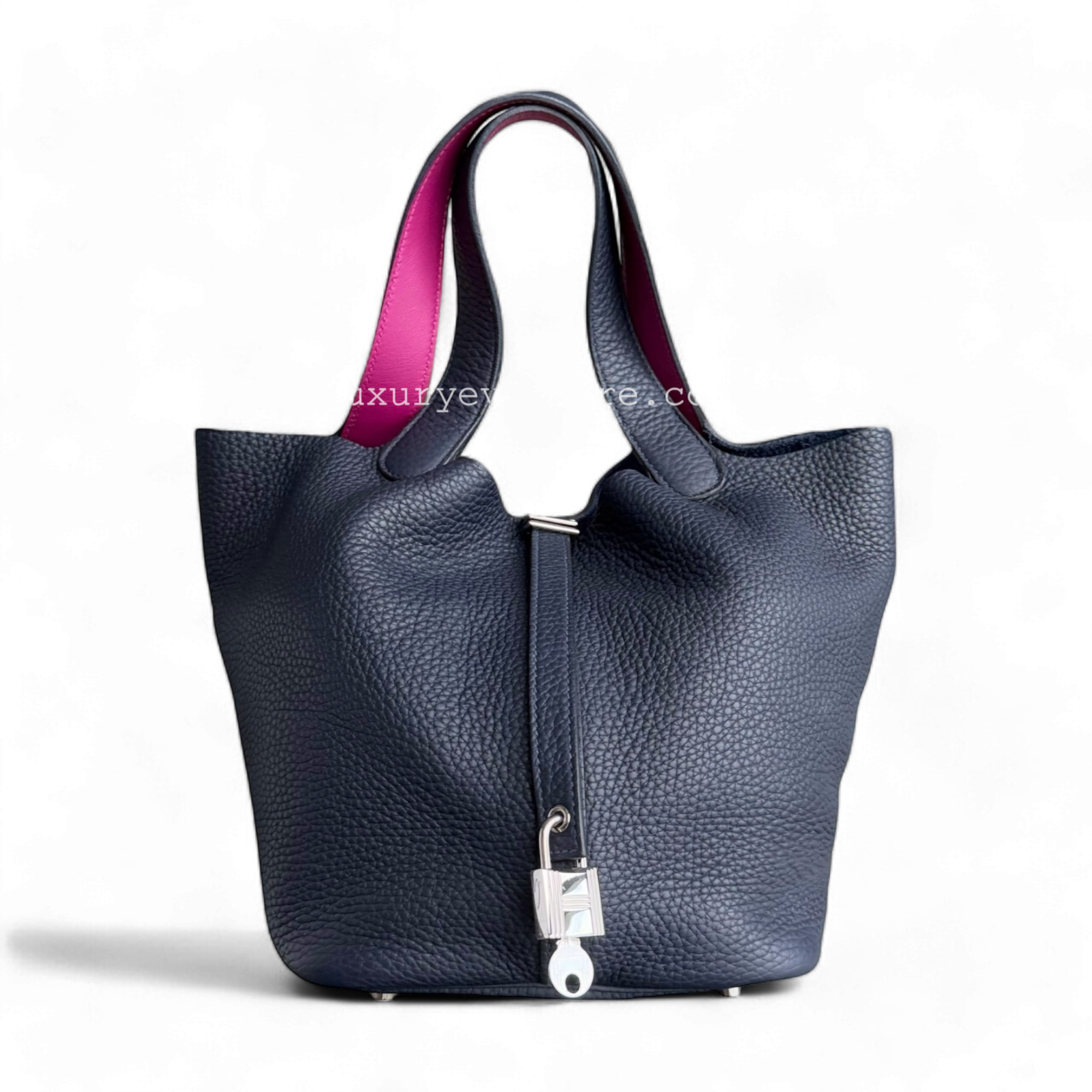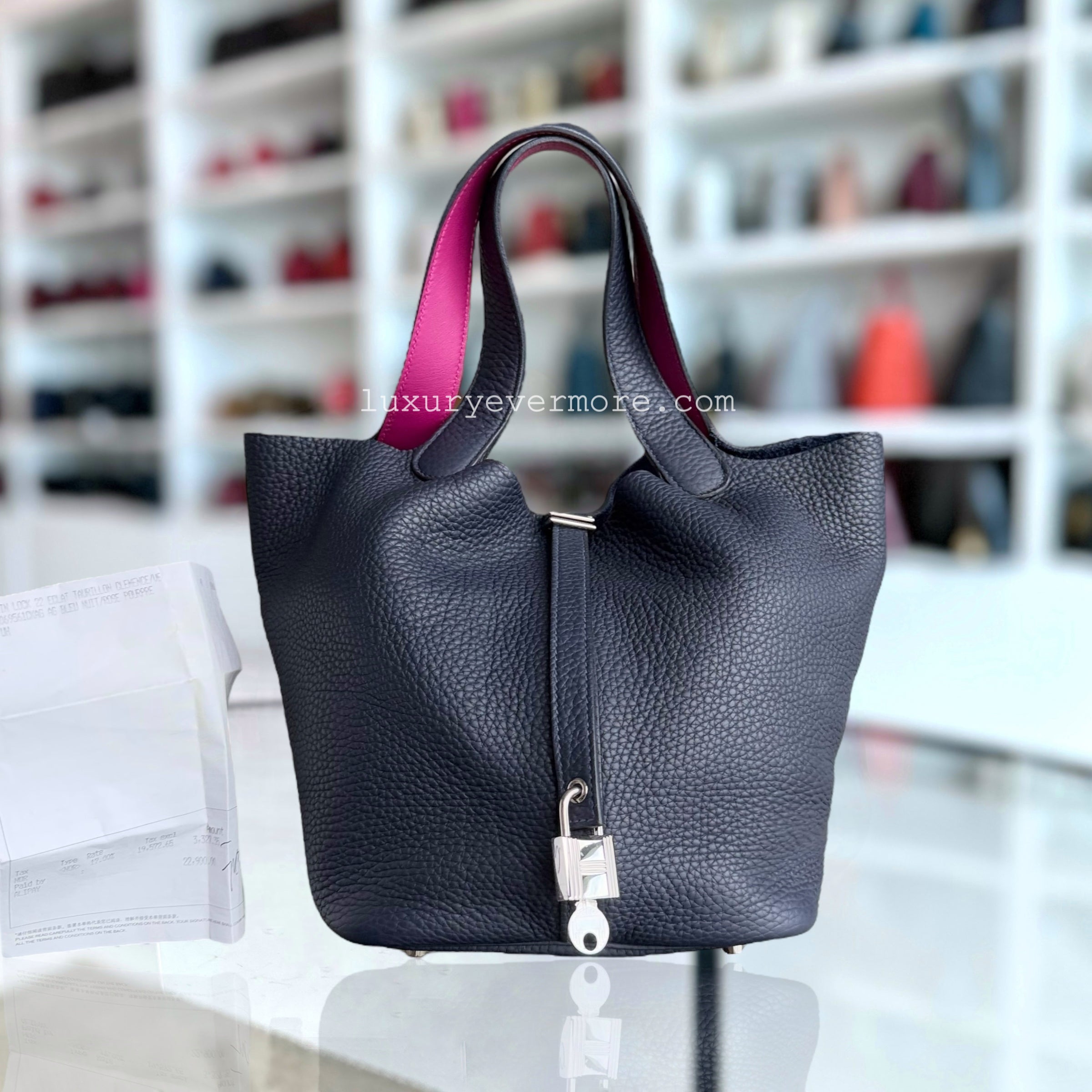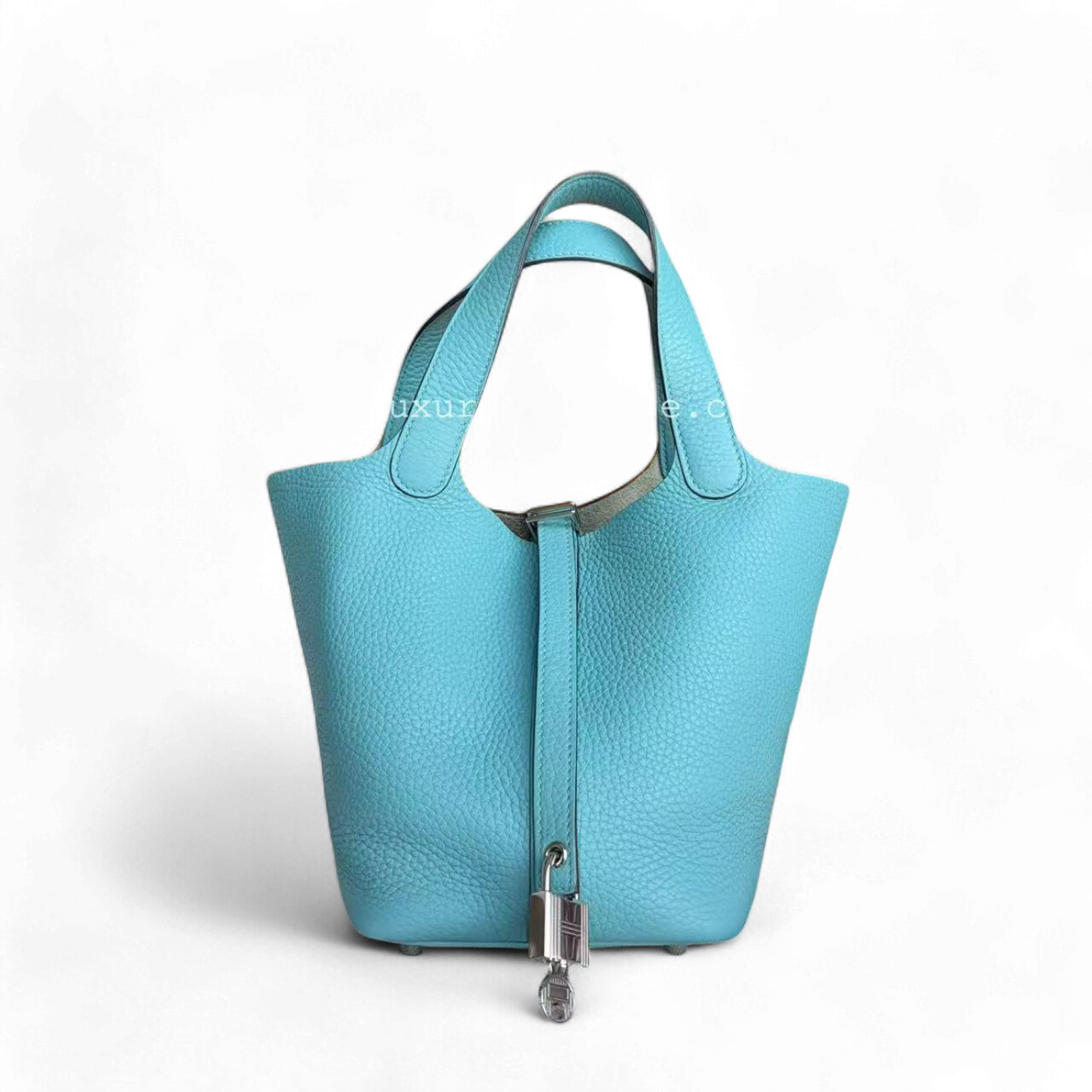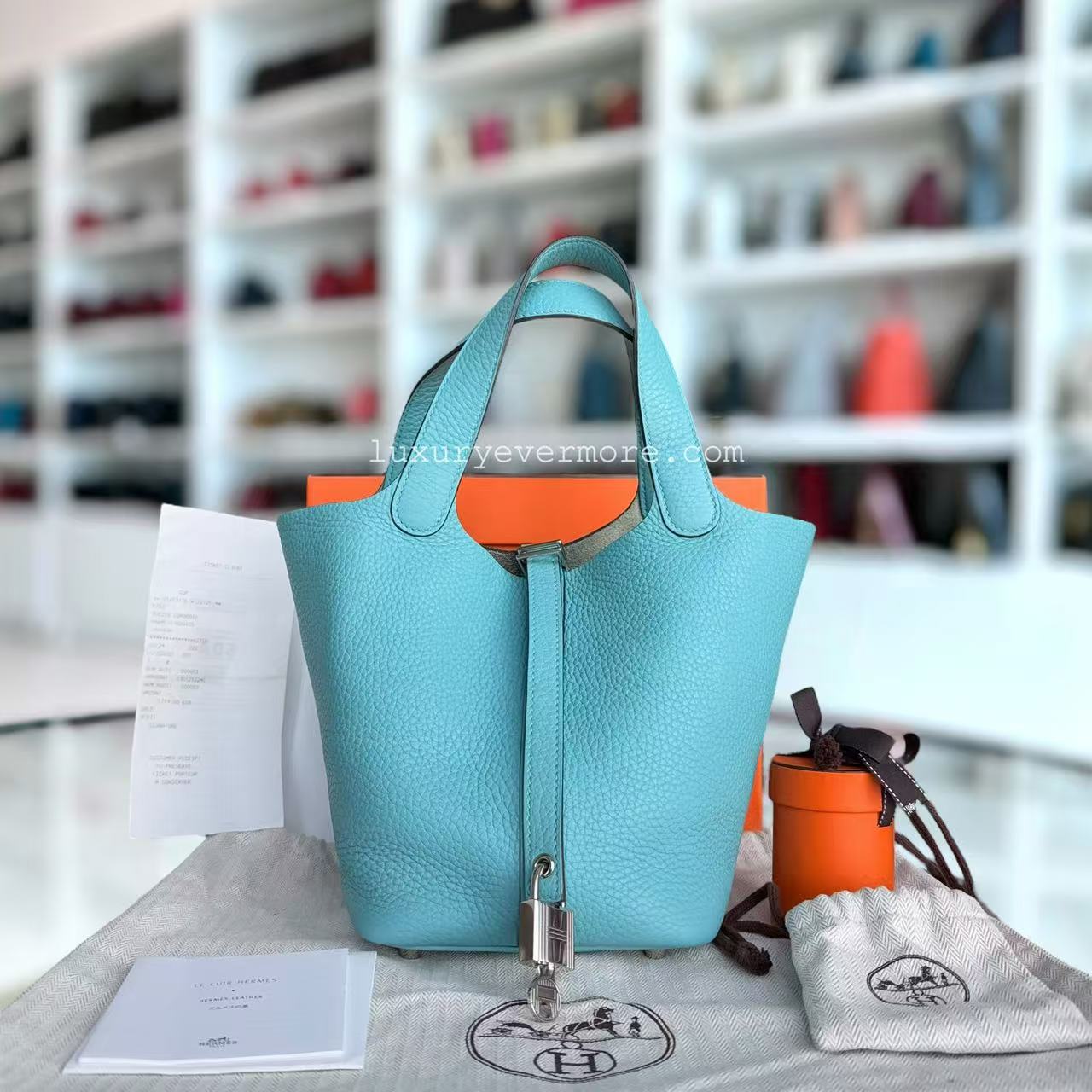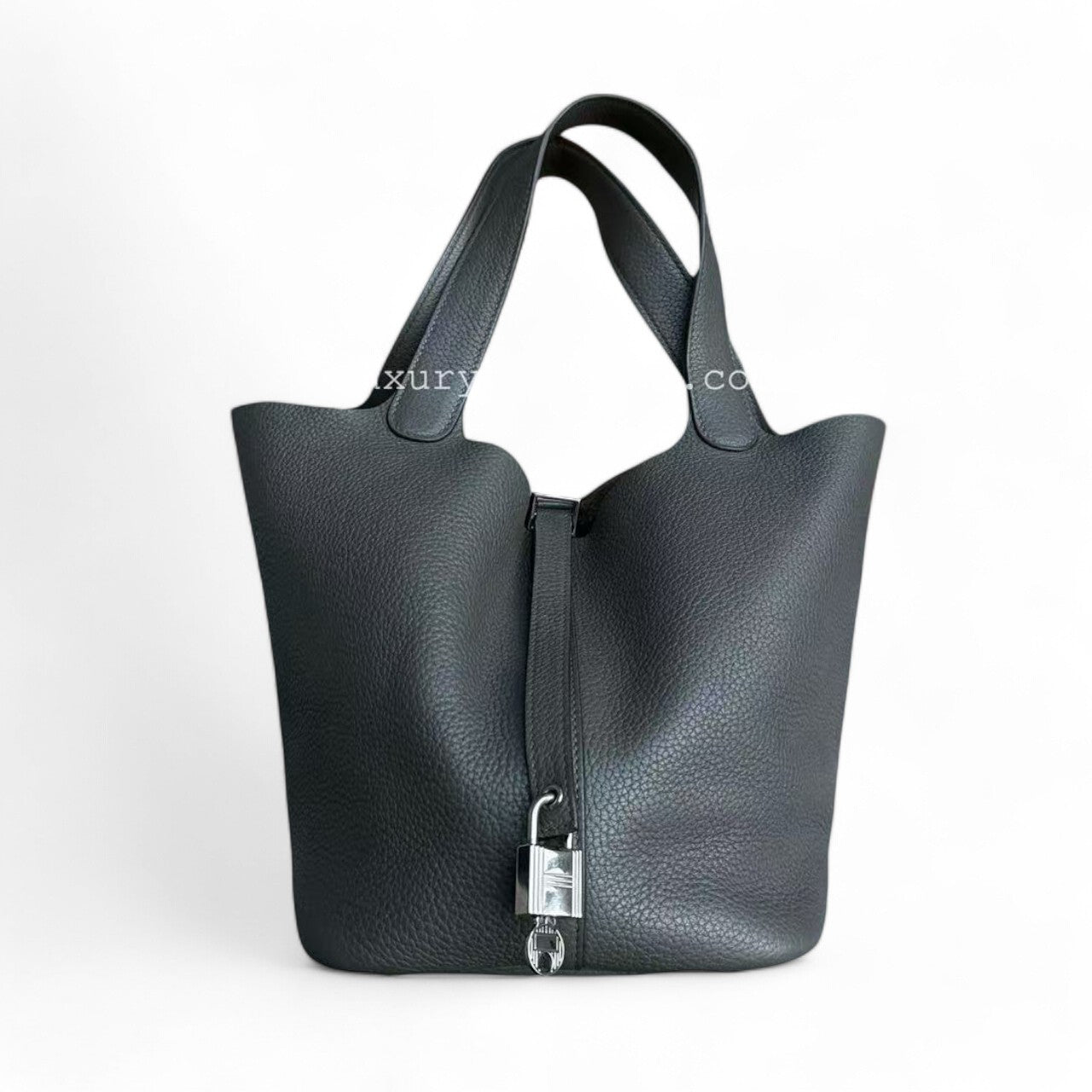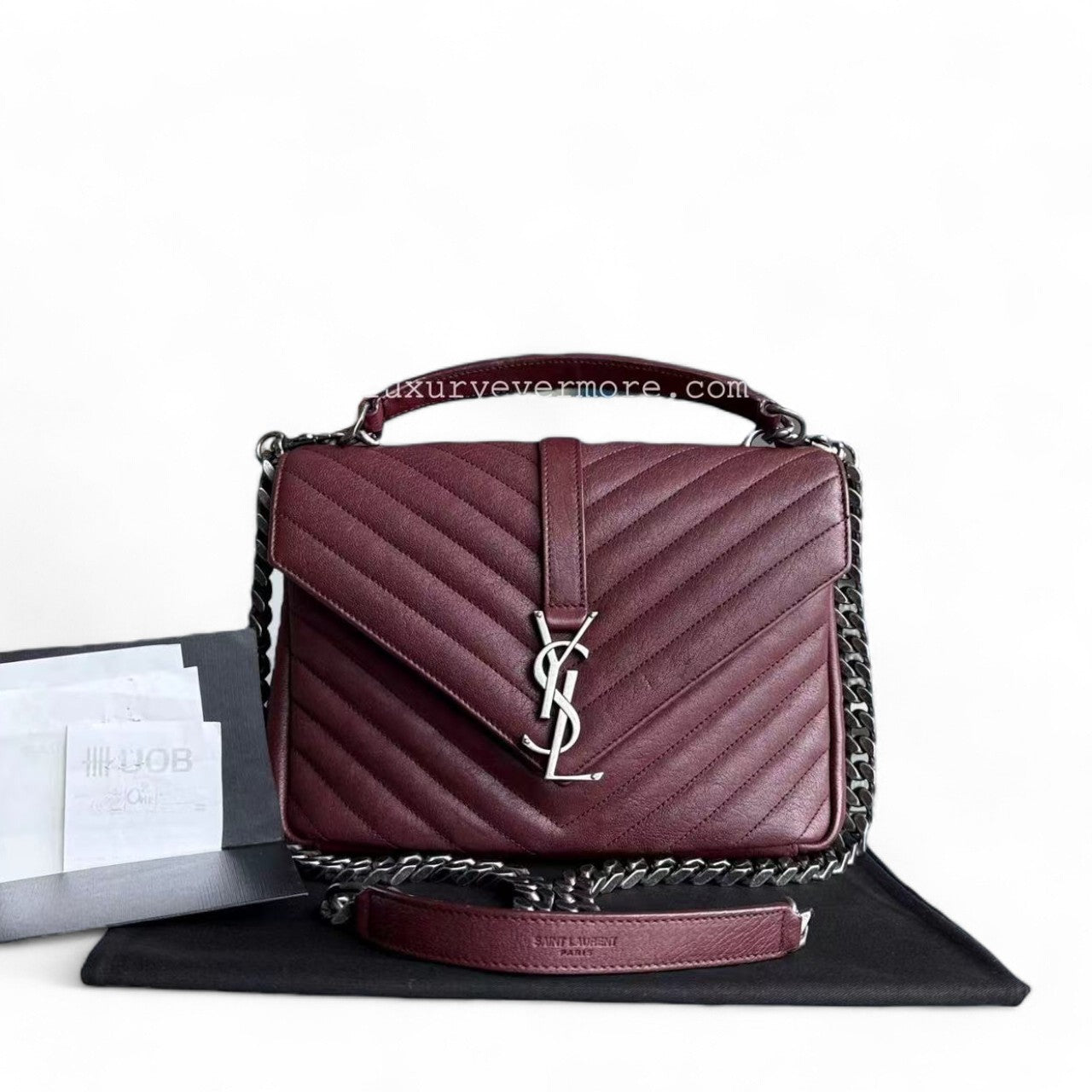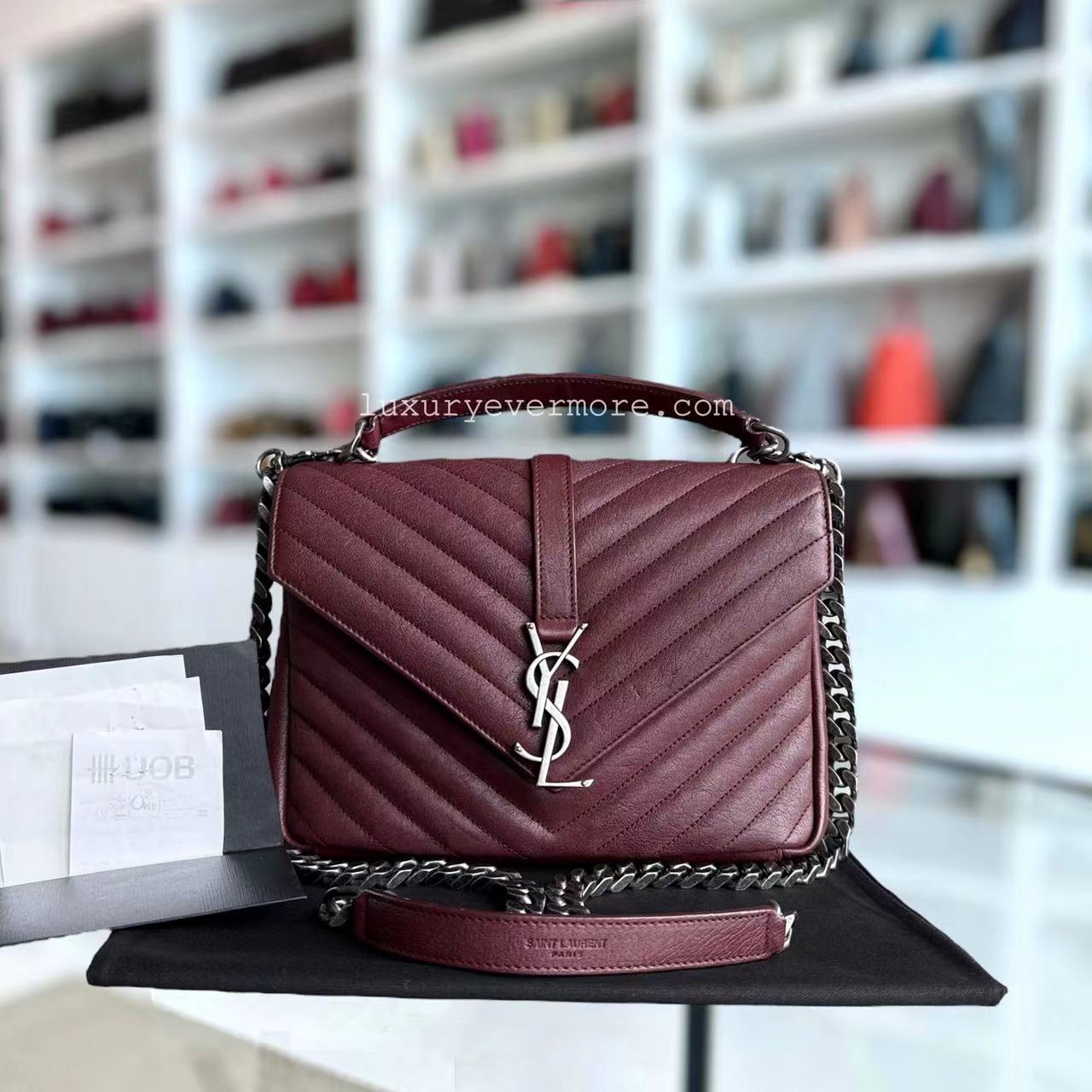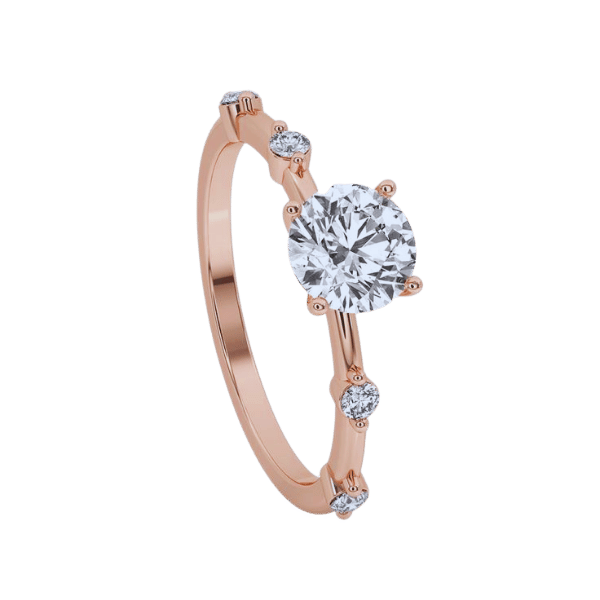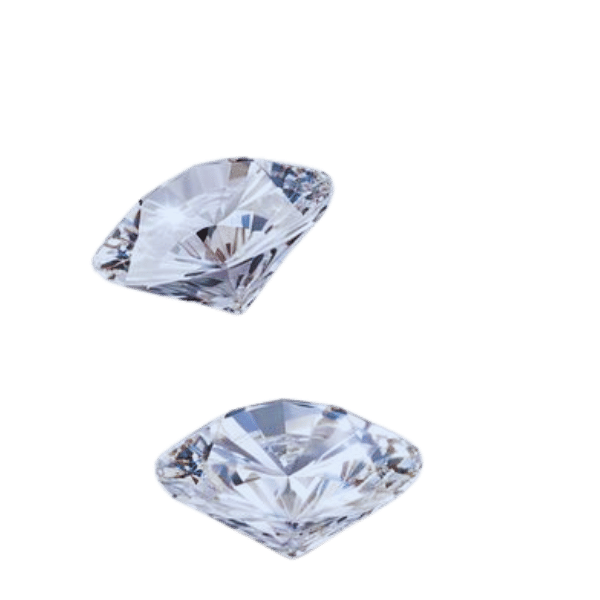Everything About the Color Tiffany Blue: The Iconic Shade of Blue
Tiffany Blue is more than just a color; it represents an entire culture and carries a history of opulence, beauty, and enduring appeal. Coming from the hallmark shade of a globally acclaimed jewelry company, Tiffany Blue has transcended into the fashion, design, and art worlds and earned its status as a mark of refinement. This article will discuss the unique story behind this particular color, tracing its chronology, understanding its careful specifications, and contemplating its social effects. Be it as an admirer of colors, a professional in design and branding, or someone interested in the reasons behind this color’s mythology, this in-depth resource will reveal all things official regarding Tiffany Blue and the reason it has fascinated people worldwide.
What is the History of Tiffany Blue?

The history of Tiffany Blue can be traced back to 1837, the same year Tiffany & Co. was founded. Charles Lewis Tiffany selected the color and first appeared on the cover of the company’s renowned Blue Book, a catalog for their specially crafted jewelry. Inspired by the popularity of turquoise stones during the 19th century, especially among Victorian brides, this color became a hallmark for the brand. It became well integrated as a part of the Tiffany legacy, trademarked, and was known as a hallmark of extravagance and elegance.
How Did Charles Lewis Tiffany Influence the Blue Color?
Charles Lewis Tiffany was instrumental in creating the link between the Tiffany brand and the color blue. He chose the hue based on the popular turquoise stones favored in 19th-century Victorian jewelry. This selection resonated with prevailing trends and represented elegance and luxury, matching the company's aspirational image. He ensured that blue would become an inseparable part of the brand by including it in the Blue Book catalog and other signature pieces.
The Significance of the Year 1837 in Tiffany's History
The history of Tiffany's starts with the year 1837, the date the company was founded. Charles Lewis Tiffany and John B. Young opened Tiffany & Co. as a “stationery and fancy goods” shop in New York. This notable year marked the inception of the brand's legacy as a pioneer in design and luxury and paved the way for Tiffany & Co. to emerge as a world-renowned emblem of sophistication and exquisite artistry.
How Tiffany's Blue Became an Iconic Color
Tiffany’s Blue became iconic due to its association with the brand’s identity and exclusivity. Tiffany blue was chosen by Charles Lewis Tiffany for the covers of the first Tiffany & Co. Blue Book in 1845. It has, however, started to serve as a term for the graciousness and lavishness that the brand stood for, Trademarked in the 1990s, the color now serves as an immediate recognition and is used by the company all all their boxes, advertising materials, and symbol, jewlrey sign further stamping its legacy as a boundless elegance mark.
Understanding the Tiffany Blue Color

What is Tiffany Blue's Hex Code and RGB?
Tiffany Blue's hex code is #0ABAB5, and its RGB values are 10, 186, 181.
Exploring the Color Space and CMYK Composition
Tiffany Blue stands out precisely in the color space as both a diamond jewelry color and a very distinctive and specific hue. It consists of a CMYK breakdown of 85% Cyan, 0% Magenta, 33% Yellow, and 0% black. This ensures its unique vibrancy and freshness. Furthermore, the CMYK breakdown is unique and appropriate for Tiffany Blue, ensuring reliability in reproduction for print materials and making Tiffany Blue durable across different media.
As the rest of the color space goes, Tiffany Blue lies between green and blue within the turquoise range and is often deemed cyan. Accuracy in such critical color proportions is crucial in maintaining brand integrity. This is precisely why Pantone developed a made-to-order color, Pantone 1837, for Tiffany and Co. This just goes on to depict the accuracy and branding precision in every detail, which is quintessential for them. The calibration itself, as portrayed, is on point and enhances its timelessness and multifaceted recognition.
Is Tiffany Blue the Same as Robin Egg Blue or Turquoise?
Tiffany Blue is not the same as Robin Egg Blue or Turquoise; although they may all share some traits, Tiffany Blue is exclusively patented and bespoke to Tiffany & Co.
The Meaning of the Color Tiffany

Why is Tiffany Blue Considered a Trademark Color?
Tiffany Blue is regarded as a trademark color due to the Tiffany & Co. brand and serves as a distinctive identifier in the luxury market. The color was introduced in 1845 and used on the cover of Tiffany’s Blue Book. It became a symbol of grace and style, which marked it as one of the outstanding colors of that era. Its shade has been so meticulously defined that only the Tiffany & Co. brand can legally use it in branding and packaging.
The Pantone Matching System (PMS) identifies this specific color as “1837 Blue,” which corresponds to the company's founding year, Tiffany & Co. Unlike generic colors, Tiffany Blue is custom-made, which supports the company’s brand image and position of being exclusive. This proprietary protection ensures that this exceptional marketing tool keeps Tiffany & Co. trademarked items off their competitors’ shelves and maintains consumer trust and loyalty. Other brands that adopted the same strategy also appeal to the customers’ focus, like the red soles of Louboutins, which market the company and boost their brand equity.
What Makes Tiffany Blue a Symbol of Sophistication and Elegance?
The subtle sophistication and elegance associated with Tiffany Blue stems from its association with wealth, tradition, and exclusivity. The color first appeared on the cover of Tiffany & Co.'s Blue Book catalog in 1845, which marked the brand’s commitment to exceptional skill and style. The color evokes feelings of refinement and charm because of its rarity, as the trademarked color is only used by Tiffany & Co. The unrivaled connection between the trademark Tiffany Blue Box and the color exclaims luxury, thus reinforcing its distinction as a staple of high-end design.
How is Tiffany Associated with Luxury?
Tiffany & Co. has established itself as a global luxury brand due to its quality, craftsmanship, and heritage. Founded in 1837, the company is well-known for its meticulous products, and Tiffany & Co. only deals with the finest materials, such as ethically sourced diamonds and sterling silver. For example, Tiffany diamonds are only given after going through some of the strictest checks regarding purity, brilliance, and cut quality.
This narrative is furthered by linkage to major cultural events and endorsement by major public figures. A great example would be the famed 128.54-carat Tiffany Diamond, which has been donned by people like Audrey Hepburn and even Beyoncé, which shows how Tiffany Diamonds are considered the best. Another great example would be the 2021 collaboration with luxury jewelry house Patek Philippe, wherein they designed a Tiffany Blue Nautilus watch, which was restricted in supply, thus acting as a symbol of brand exclusivity. This model was sold for almost $6.5 million at an auction, further cementing Tiffany's position as a truly unrivaled designer.
Tiffany’s retail history further strengthens its perception as a luxury brand. It is no longer a secret that the flagship New York City Fifth Avenue store, with its elaborate architecture and refined customer service, is a paragon of lavish shopping. In addition, the emblematic Tiffany Blue Box with Tiffany’s custom packaging evokes emotions from clientele that surpass the item purchased. By nurturing these factors, Tiffany & Co. has marked itself as an emblem of luxury in the jewelry market and the international consuming society.
Exploring the Palette: Colors Similar to Tiffany Blue

How to Create Color Combinations to Inspire?
Developing effective color combinations requires understanding color theory and current trends in design. A well-known color method starts with assessing Tiffany Blue as a base color, which is elegant, fresh, and soothing; its popularity among brides is understandable. To build harmonious combinations, one could use analogous colors such as soft mint green or pastel teal, which are soothing and evoke calming aesthetics.
However, Tiffany Blue also has warm-toned counterparts that can be used to enhance its saturation; peach and subtle coral are positioned opposite on the color wheel and also work well. They add striking balance while enhancing vibrancy to both colors. Crisp white, dove gray, or even neutrals like silver and gold can be paired with Tiffany Blue to enhance the palette while keeping it sophisticated.
Recent trends suggest more people are gravitating toward the monochromatic style, where different shades are built upon a base color like Tiffany Blue for a sleek and minimalist look. Professional color palette creators recommend adding gradients for depth and texture to enrich color palettes that are too uniform dynamically. Such techniques help designers create arresting yet unforgettable contrasts that aim for a certain feeling or uphold branding objectives.
What are the Recommended Color Palettes Including Tiffany Blue?
Tiffany Blue tends to be paired with white, light gray, or beige, along with coral, gold, and navy. Recommended color palettes, including Tiffany Blue, are sophisticated and balanced, showcasing infused neutral tones.
Why is Tiffany Blue Considered an Icon in Fashion and Design?

How has the Iconic Blue Influenced Branding?
Tiffany Blue is important in marketing and advertising because it is easily recognized and connected to wealth. The color suggests sophistication, standing, and rarity, which makes it useful for businesses striving to appear authoritative. Studies in color psychology reveal that some colors, like Tiffany Blue, can invoke trust, sophistication, and calm, which makes them popular for high-end and aspirational brands, industries, or products.
In addition, Tiffany Blue has an impact on other sectors beyond jewelry. Numerous textile and optics companies use colors to convey elegance and class in their publicity materials. For example, the fashion and cosmetics industries employ pale versions of Tiffany Blue to project ageless glamor in merchandise and advertising. Another interesting instance comes from cross-industry partnerships whereby firms deliberately apply the Tiffany blue color to associate their brands with its prestigious image.
Research indicates that consistent application of distinct brand colors increases recognition by 80%. This showcases Tiffany Blue's effectiveness in establishing a memorable brand identity. Tiffany & Co.’s trademarking of the color heightened its exclusivity, reinforcing its association with high-value products while preserving its allure and rarity. The trademark’s enduring popularity proves its relevance in modern branding strategies.
The Role of Tiffany Blue in Co.'s Marketing Strategy
Tiffany Blue is a crucial element in Tiffany & Co.’s marketing strategy as a trademarked color that turns the brand into an easily recognizable emblem. The color is routinely employed in packaging, advertisements, and store decor, providing a uniform brand identity. The exclusivity of the patented color intensifies the extravagant nature of the company’s products, further cementing its image as a purveyor of high-class items. Through the iconic color, Tiffany & Co. reinforces brand identity and strengthens the emotional bond with customers.
Featured in Breakfast at Tiffany’s and the World’s Fair
The distinctive hue of Tiffany & Co., marked as “Tiffany Blue,” achieved notable prominence due to its feature in the film Breakfast at Tiffany’s and World’s Fair exhibitions. Such exposure firmly established the company’s association with enduring sophistication and international status, reinforcing its image as a luxury brand and icon of culture and commerce.
Frequently Asked Questions (FAQs)
Q: What is the color Tiffany Blue?
A: Tiffany Blue refers to a particular shade of light blue associated with the luxury jewelry brand Tiffany & Co. It is known to be a combination of bright yet calm hues of light blue, cyan, and aqua. In the same way jewelry boxes are marked, the color symbolizes grace and refinement.
Q: Who was behind the creation of Tiffany Blue?
A: The color was first used in 1845 by Charles Tiffany, the founder of Tiffany & Co. It was used as a cover for Tiffany’s first Blue Book, a catalog of the brand’s jewelry. Since then, it has remained an iconic color with the jeweler’s name.
Q: What is the significance of the color Tiffany Blue in branding?
A: Tiffany Blue is a trademark color, also known as “1837 Blue,” commemorating the year the brand was founded. It is mainly associated with business branding material, as it is used in the company's blue boxes, which are associated with luxury and impeccable craftsmanship.
Q: How is Tiffany Blue defined in color printing?
A: Tiffany Blue is defined as a combination of cyan, yellow, magenta, and black in the printing process, which is referred to as the CMYK color space. The delicate yet vivid Tiffany's and its branding use Tiffany blue as one of their signature colors.
Q: Can Tiffany Blue be used in interior design?
A: Tiffany blue can be incorporated into designs as a calming and soothing color with elements that create a sense of luxury. It creates elegance and sophistication while inspiring calmness. Paired with complementary colors, it evokes a warm environment while still being refined.
Q: What is Tiffany Blue's Pantone color?
A: Associated with Tiffany, the Pantone color for Tiffany Blue is 0abab5. This ensures that all branded materials showcasing that color are consistent and applied in the same shade, adding to the brand recognition.
Q: How has the colloquial name for Tiffany Blue evolved?
A: The brand created by the company puts on holds the color, and therefore, it is relevant to say that it's practically its name. Thanks to its branding, the color associated with the company remained appealing and thus serves as a historical reference in the fashion world.
Q: What are some Tiffany Blue and color combinations that will inspire your next design?
A: Tiffany Blue's charm can be enhanced when paired with whites, silvers, and other shades of blue. These combinations can add a sophisticated touch to any project and inspire your next design.
Q: Why is Tiffany Blue considered an official color of Tiffany & Co.?
A: It is still considered an official company color since it is trademarked by Tiffany & Co. This ensures that the particular shade will always be exclusively reserved for the brand. Such exclusivity aids in preserving the brand and its image, along with its association with luxurious items and high-standard quality.
Reference Sources
1. George Mason University: This page analyzes the importance of the color Tiffany Blue, associating it with Tiffany & Co. and looking at its symbolism as femininity, purity, and exclusiveness. It also covers how the color has been trademarked by Tiffany & Co. Source.
3. Tiffany Blue
Contact Luxury Evermore should you need help with acquiring or building up your collection. There is a variety of brands with different styles, as well as sizes, and colors, for example, Hermes, Chanel, lv and Dior. If you are not lucky enough to find the bag you are looking for on our website then our concierge team will probably be able to order it for you. We provide 100% authenticity guarantee for all our bags, and any item sold on this site will be dispatched to you within one to two business days upon receipt of the payment.

